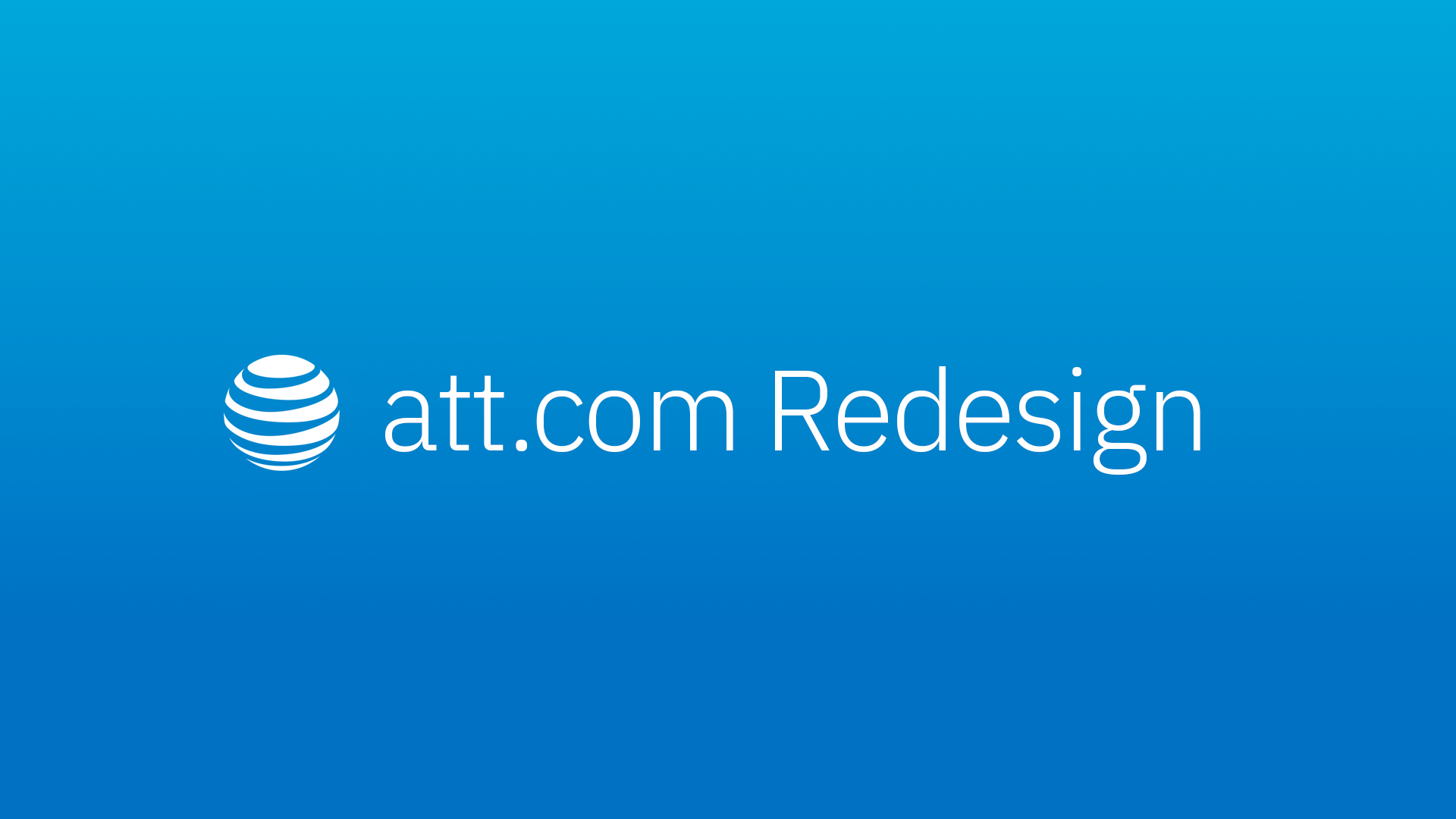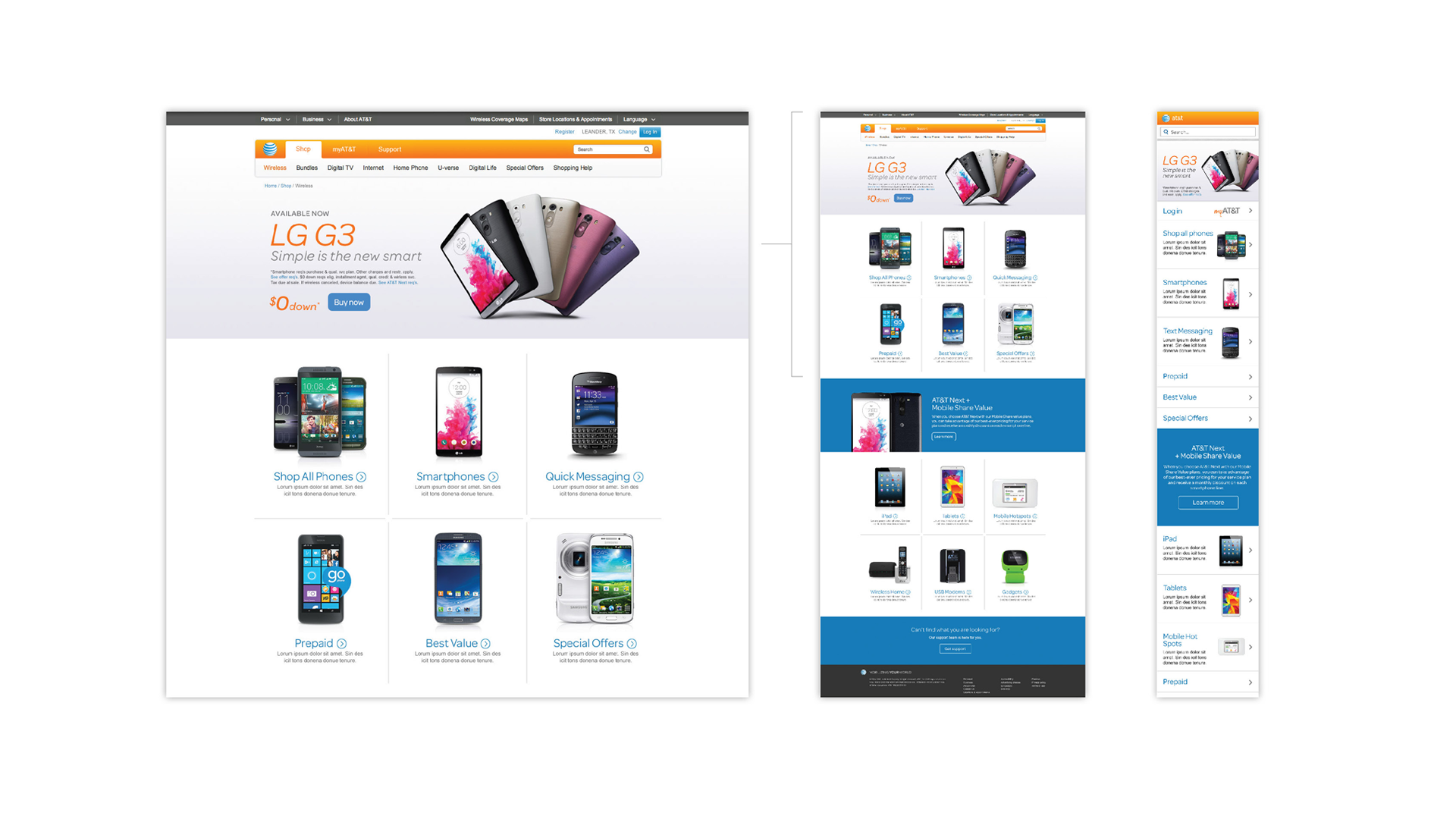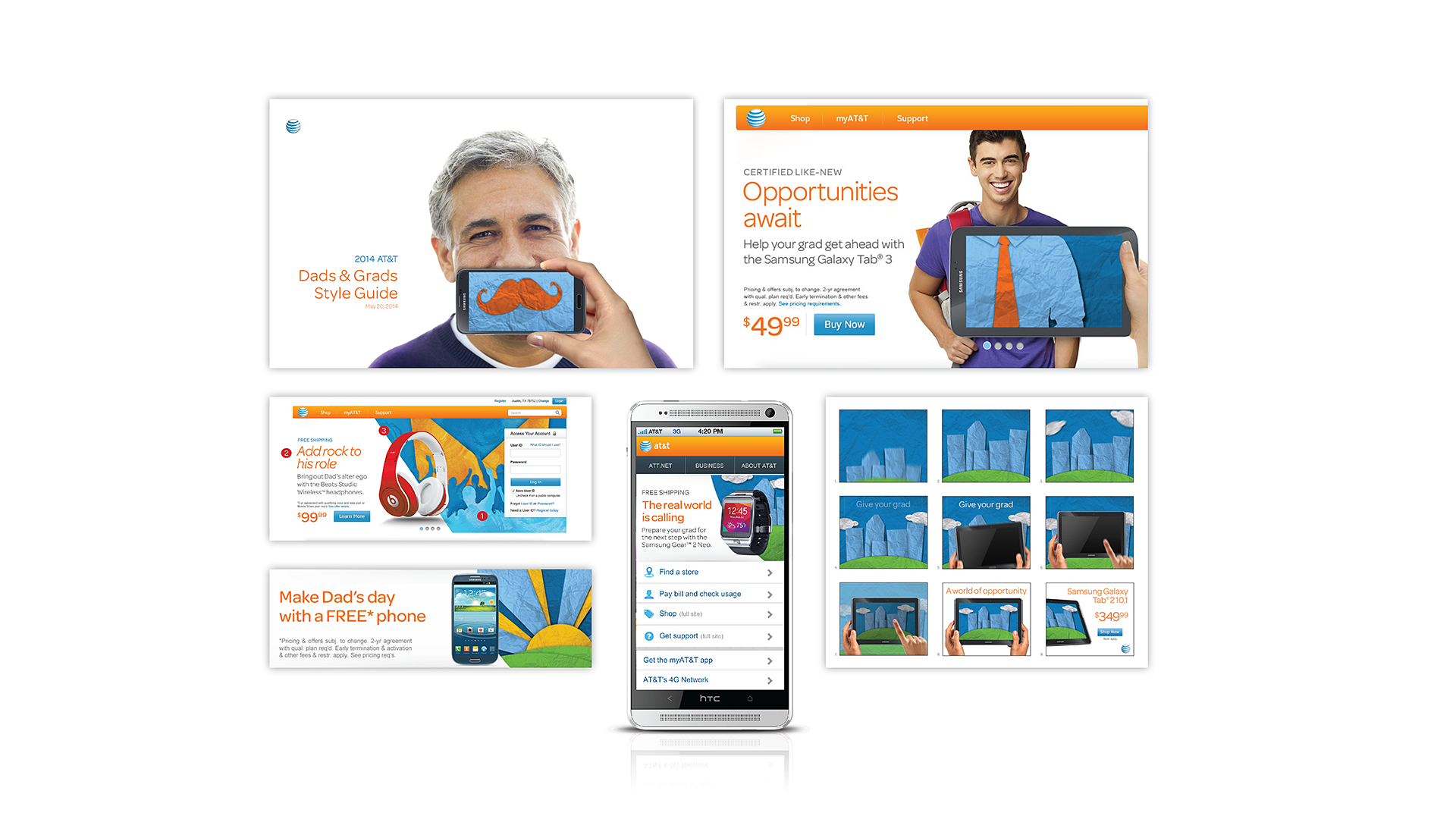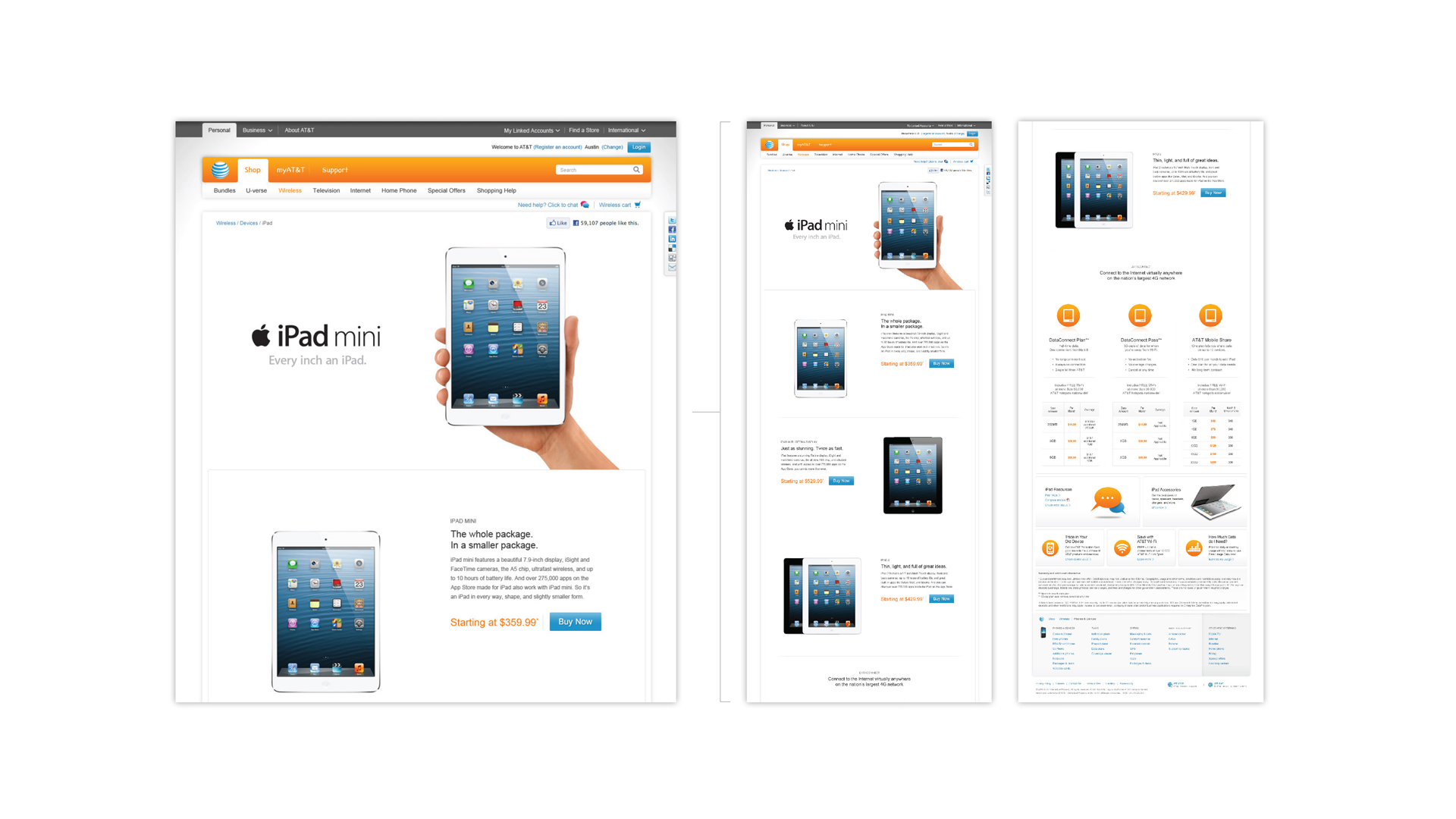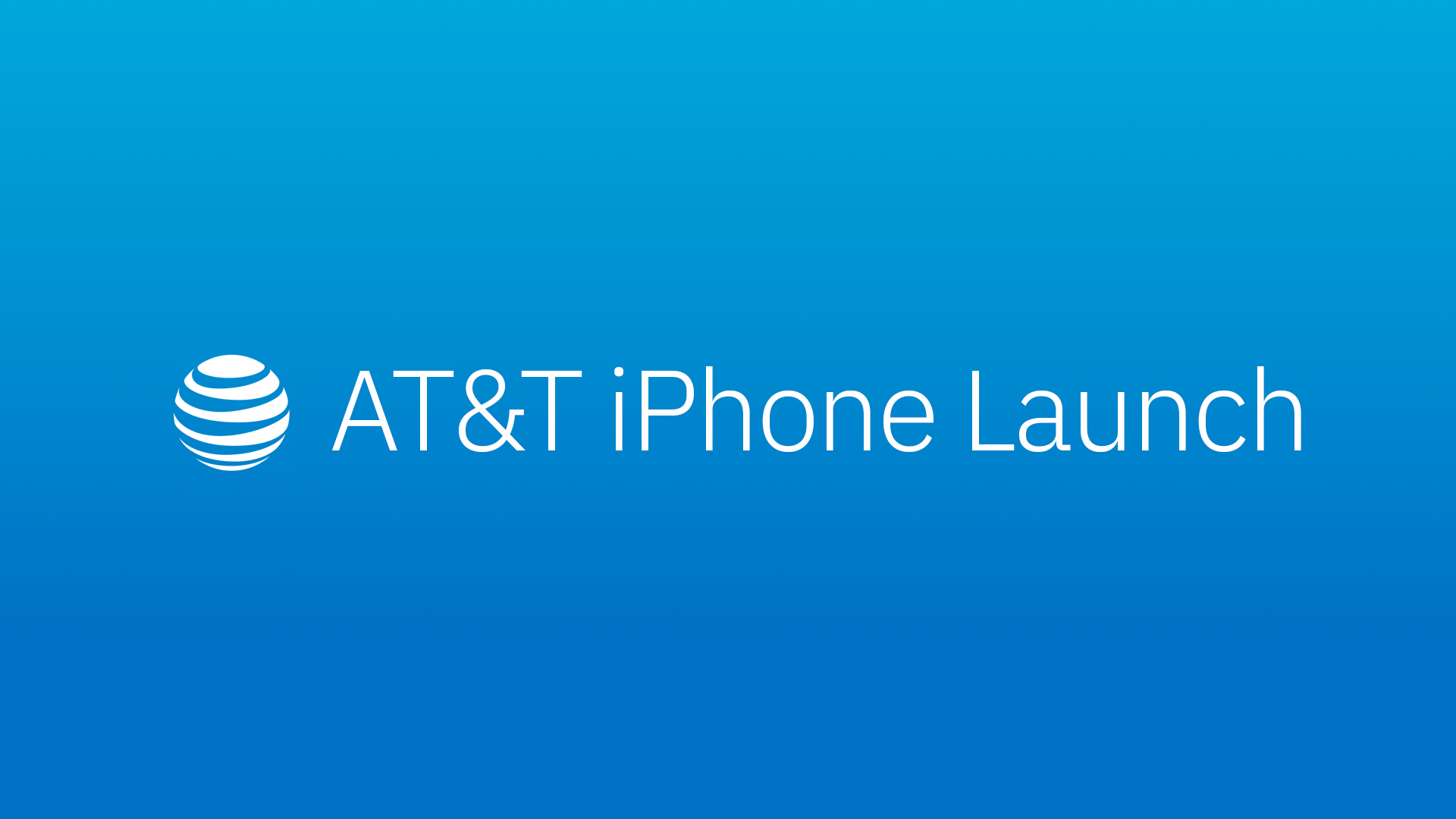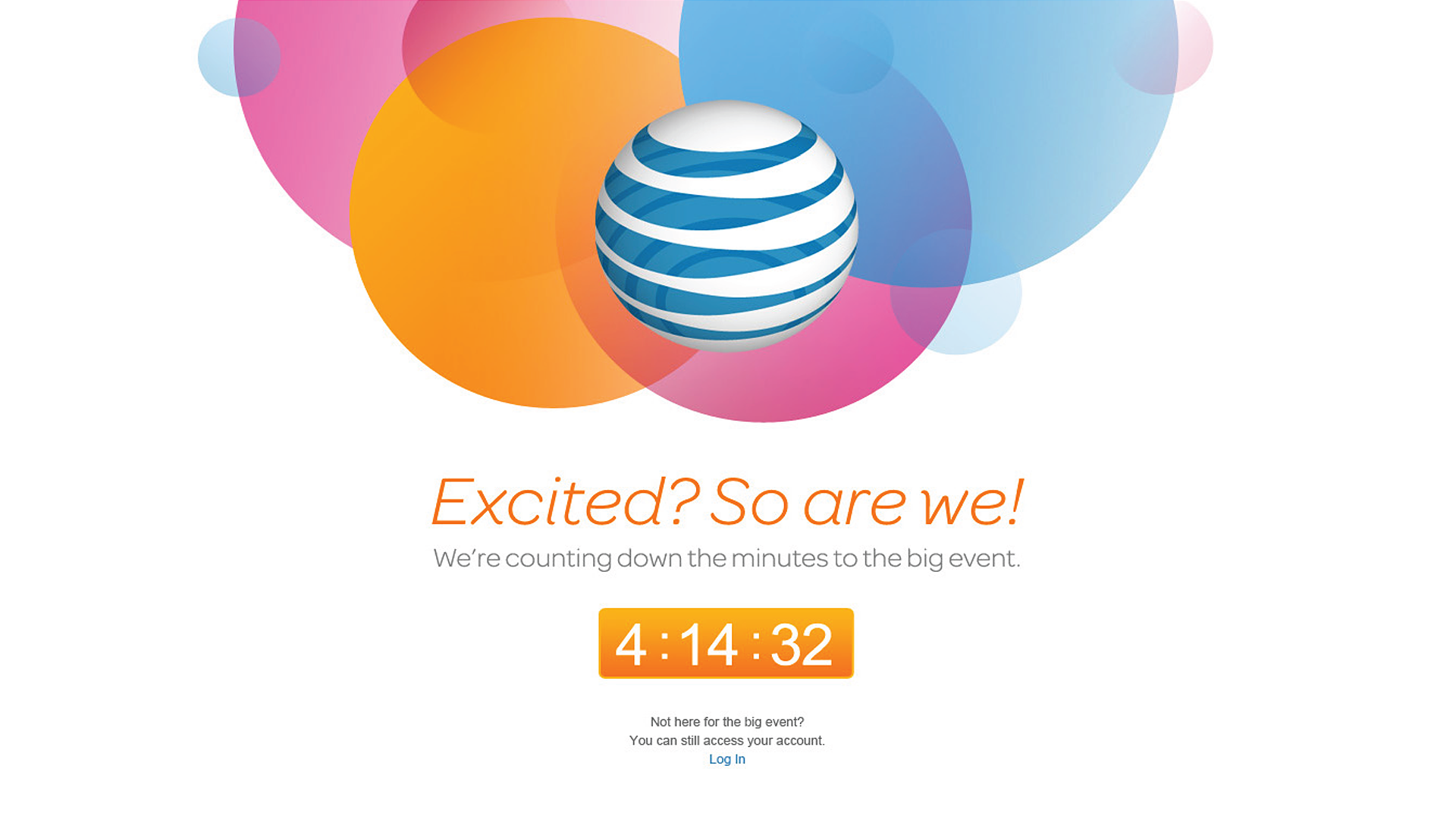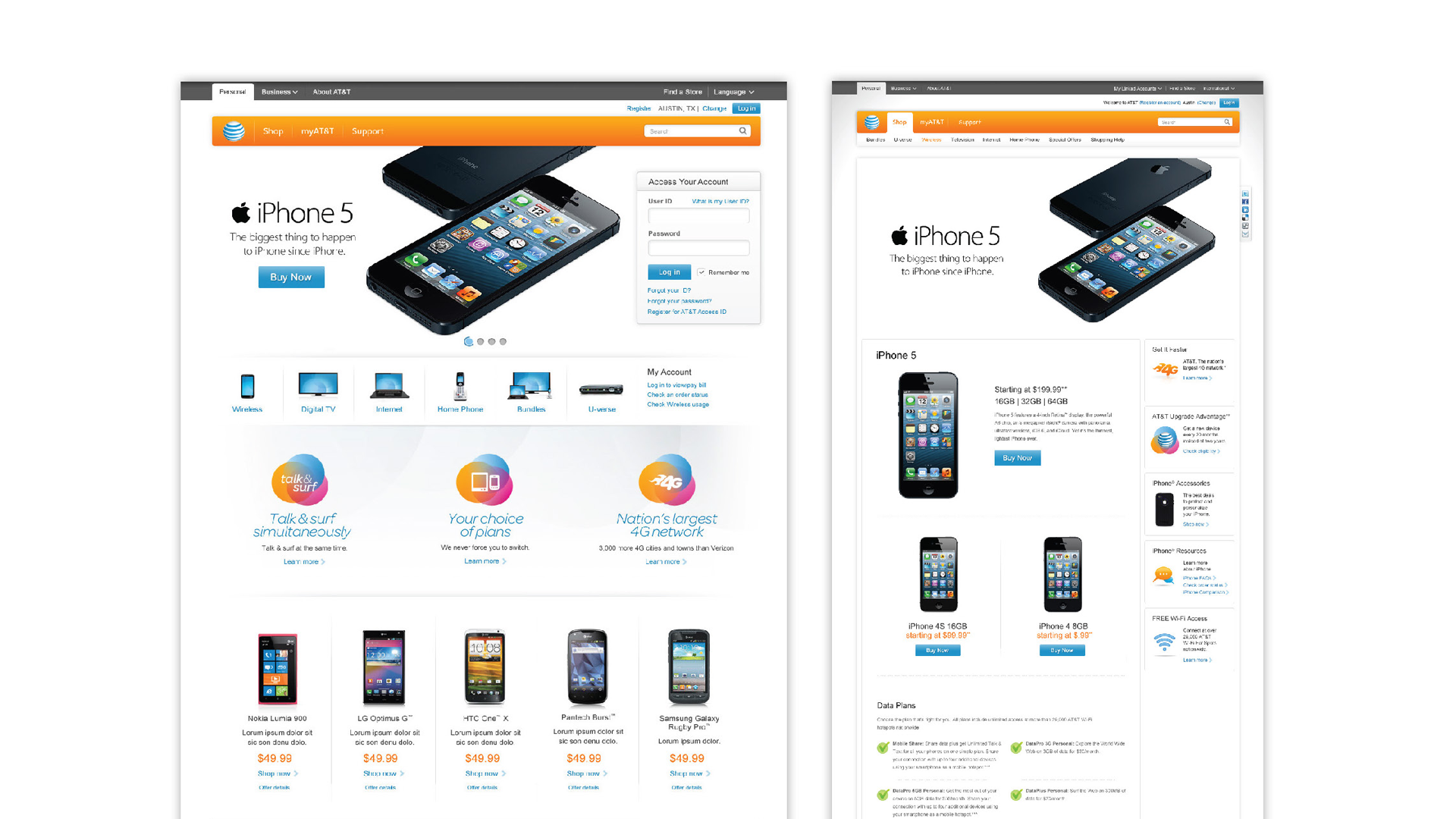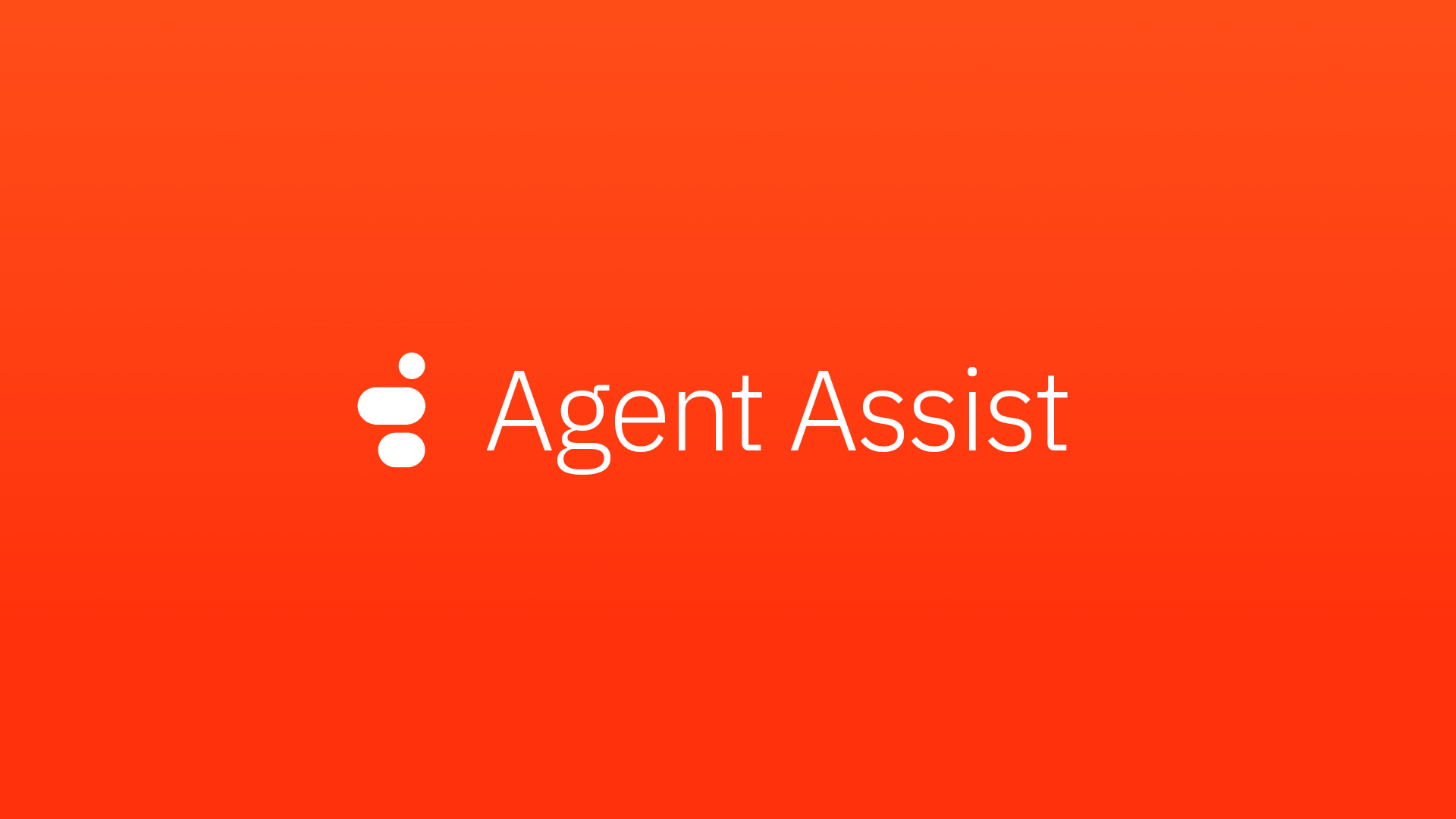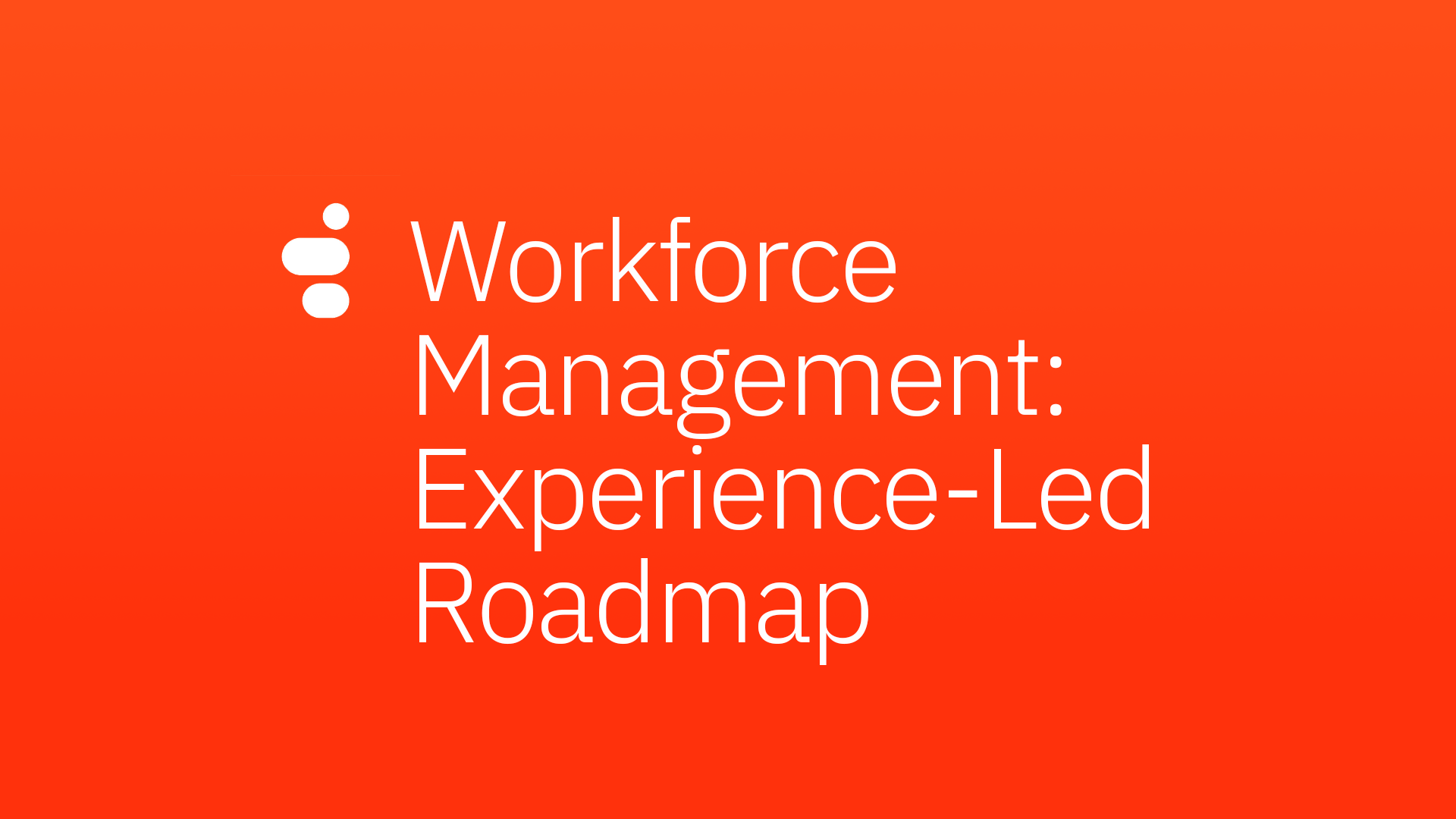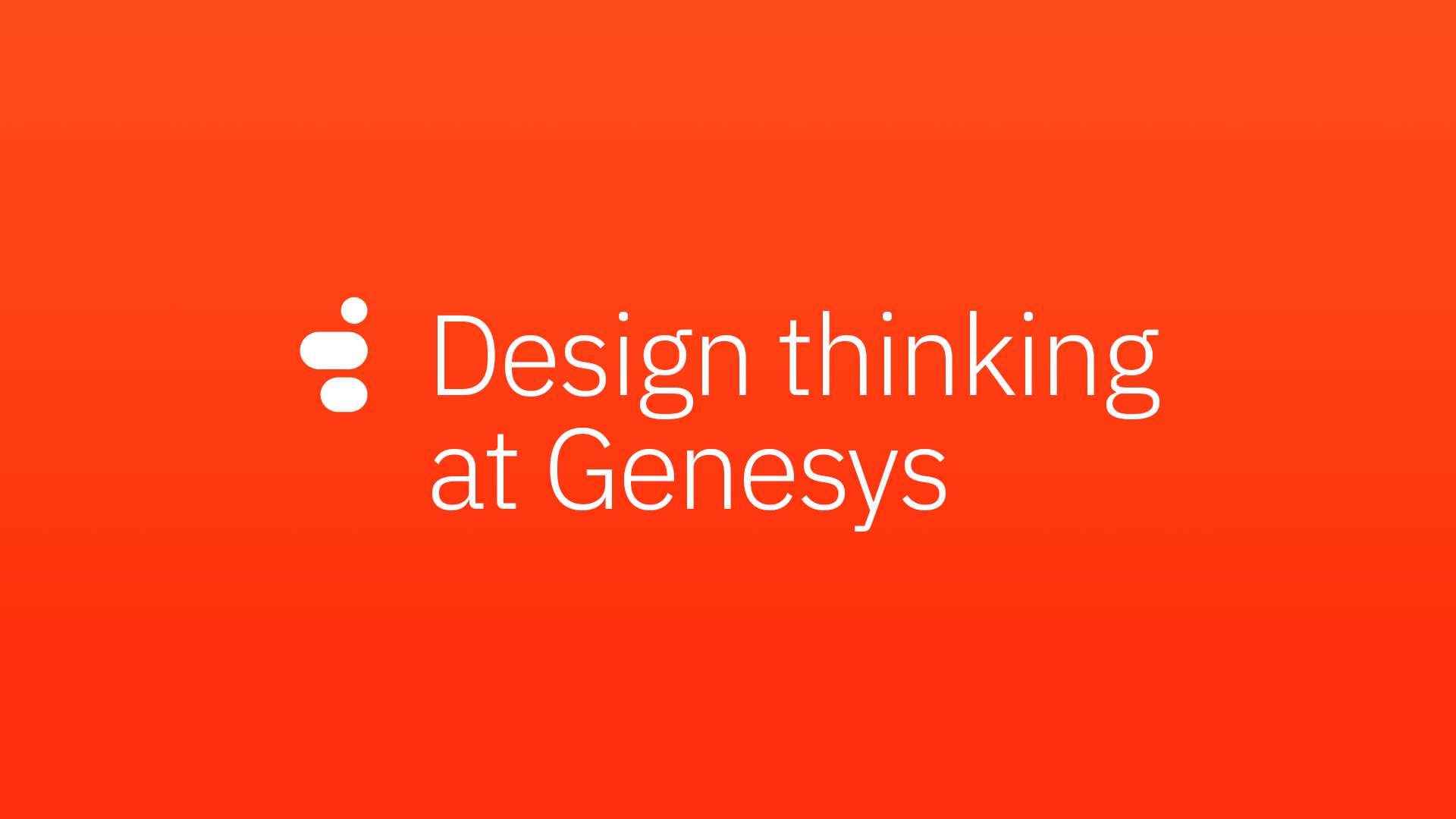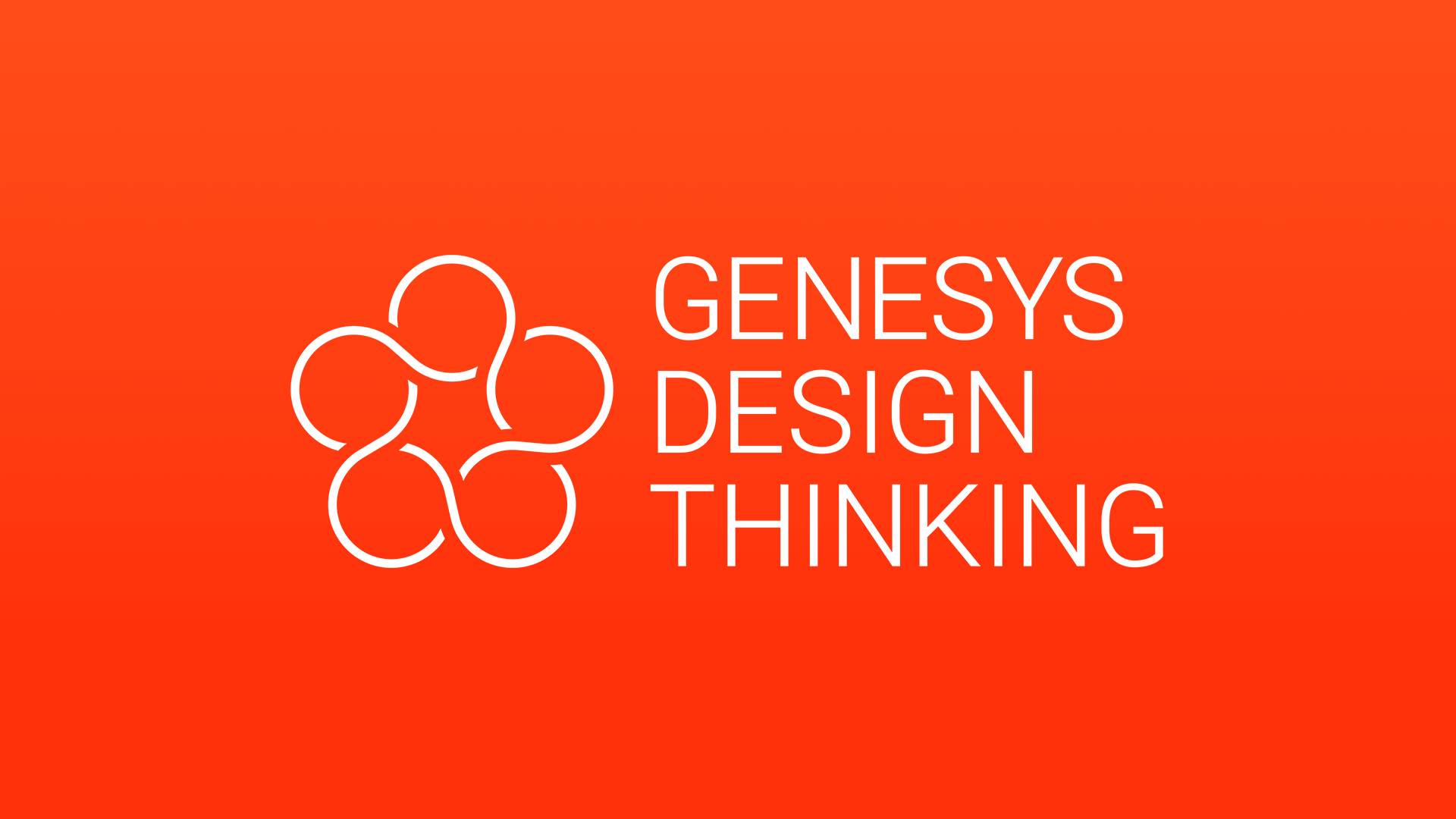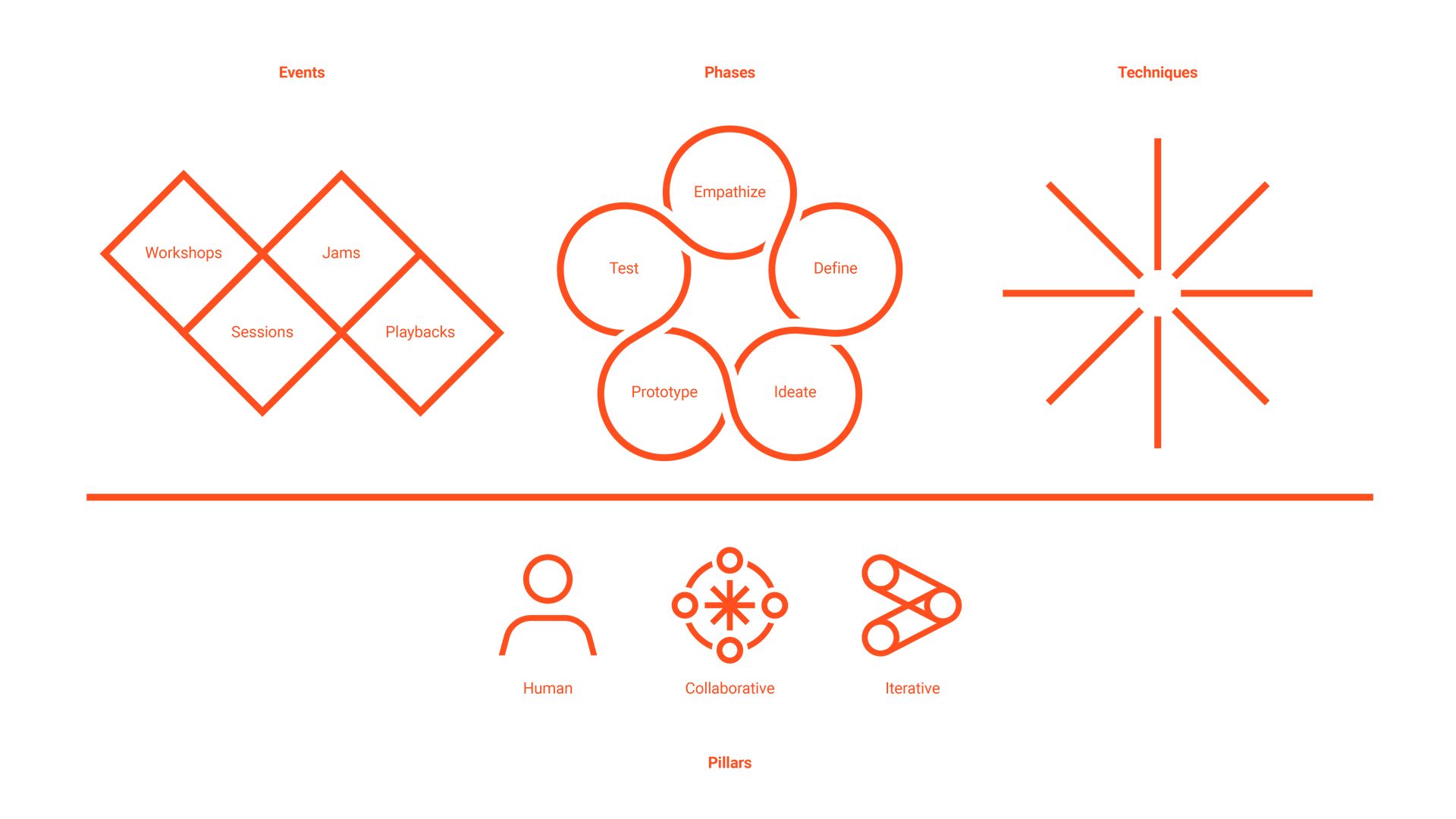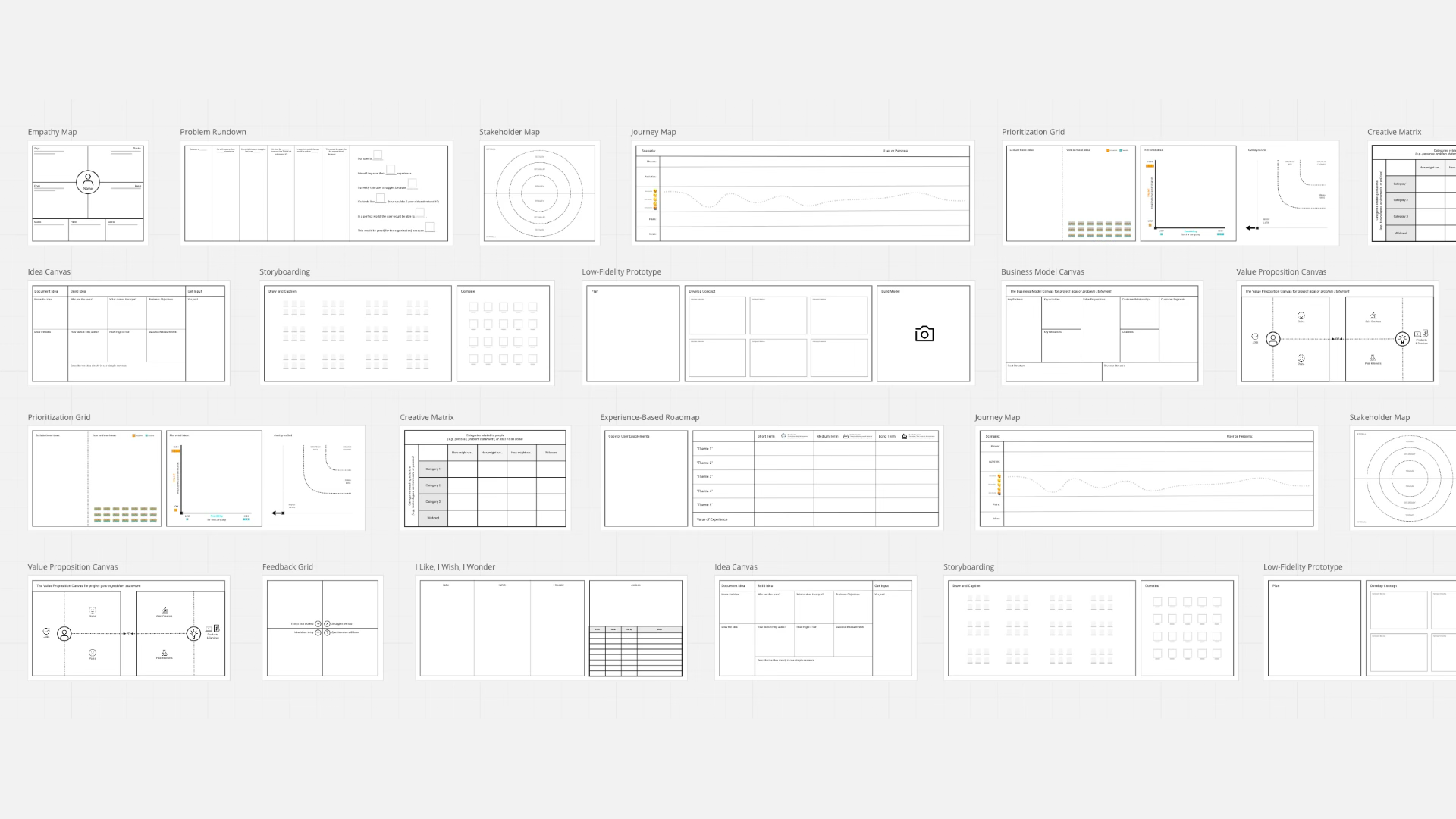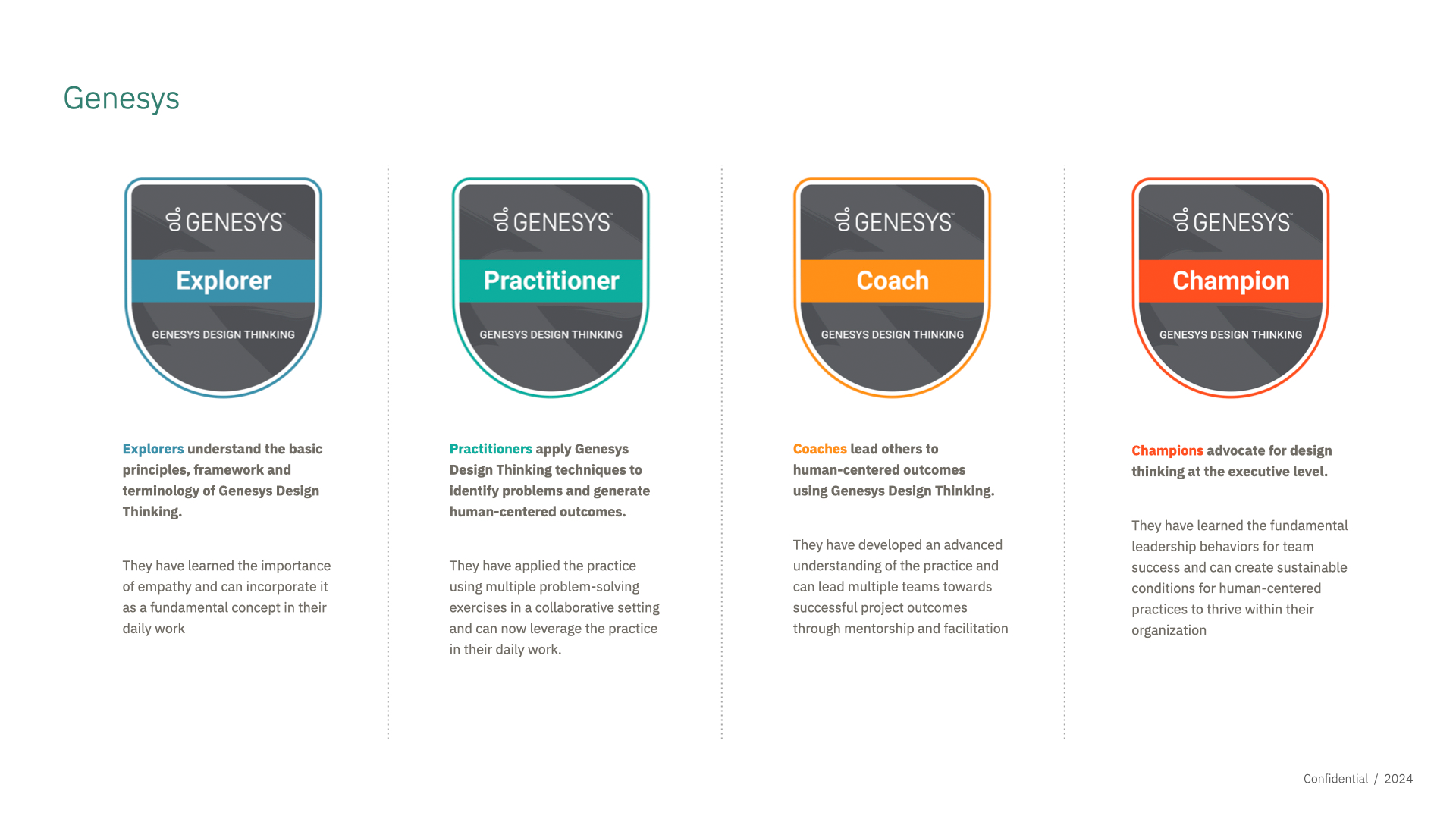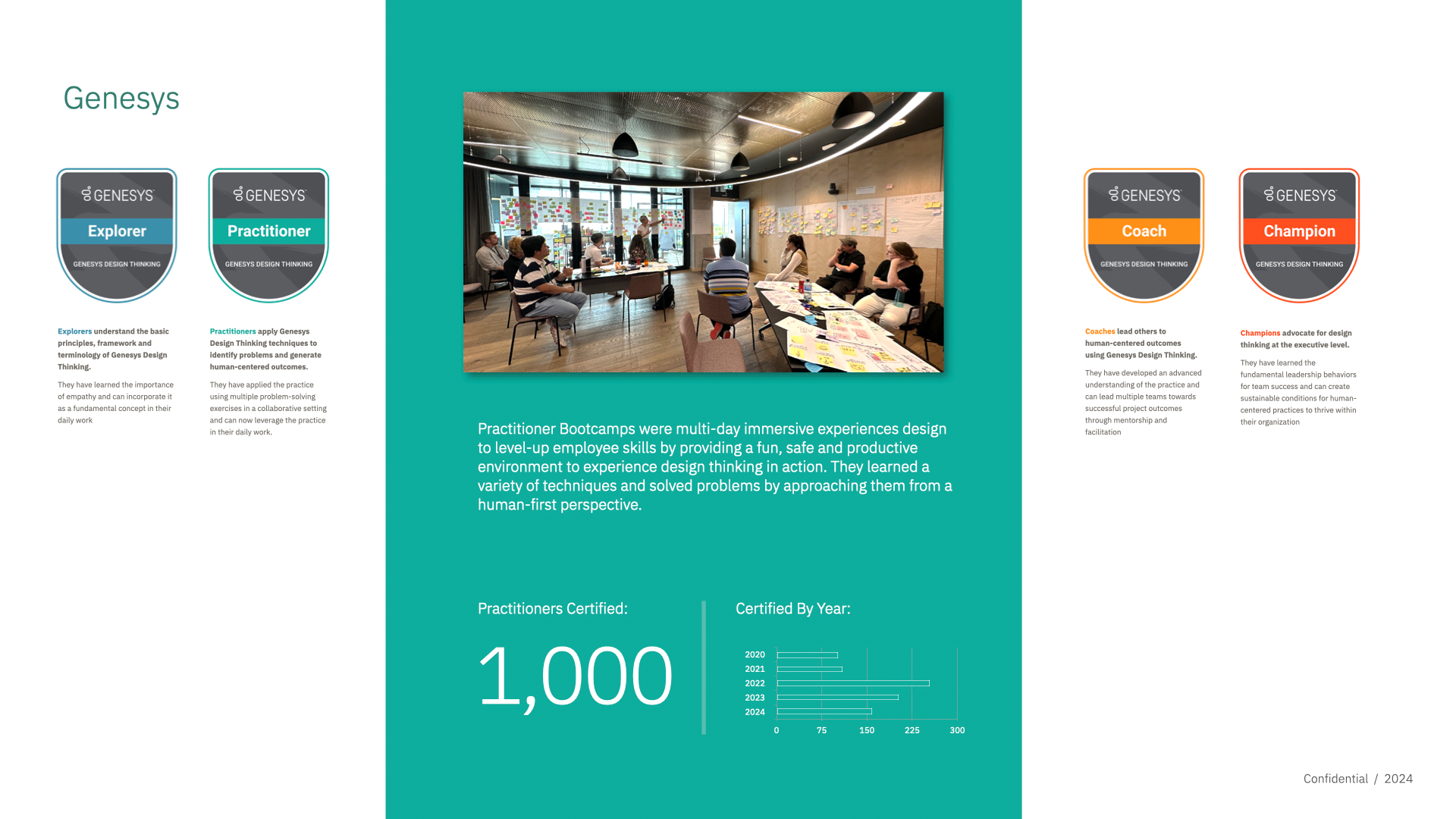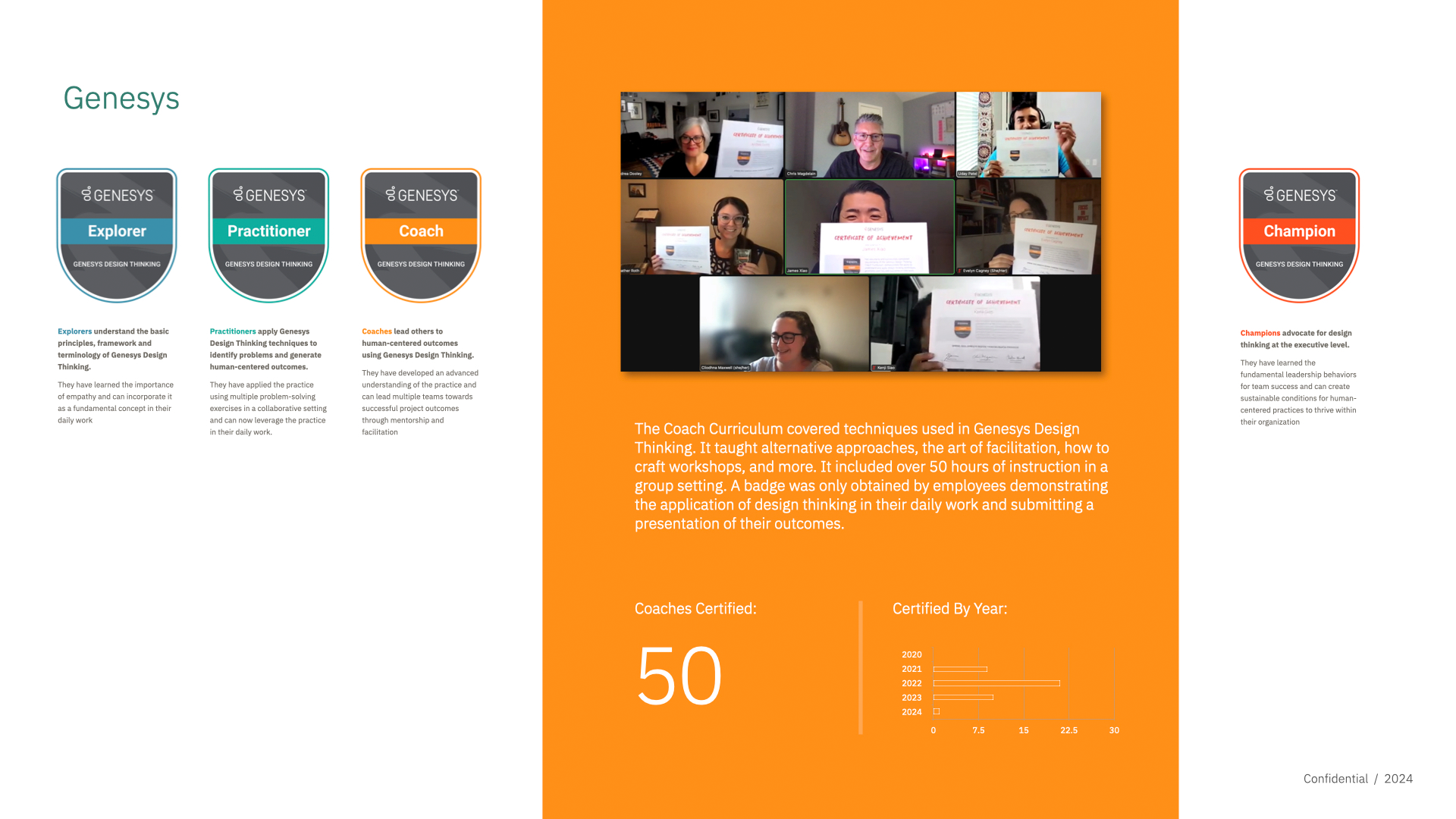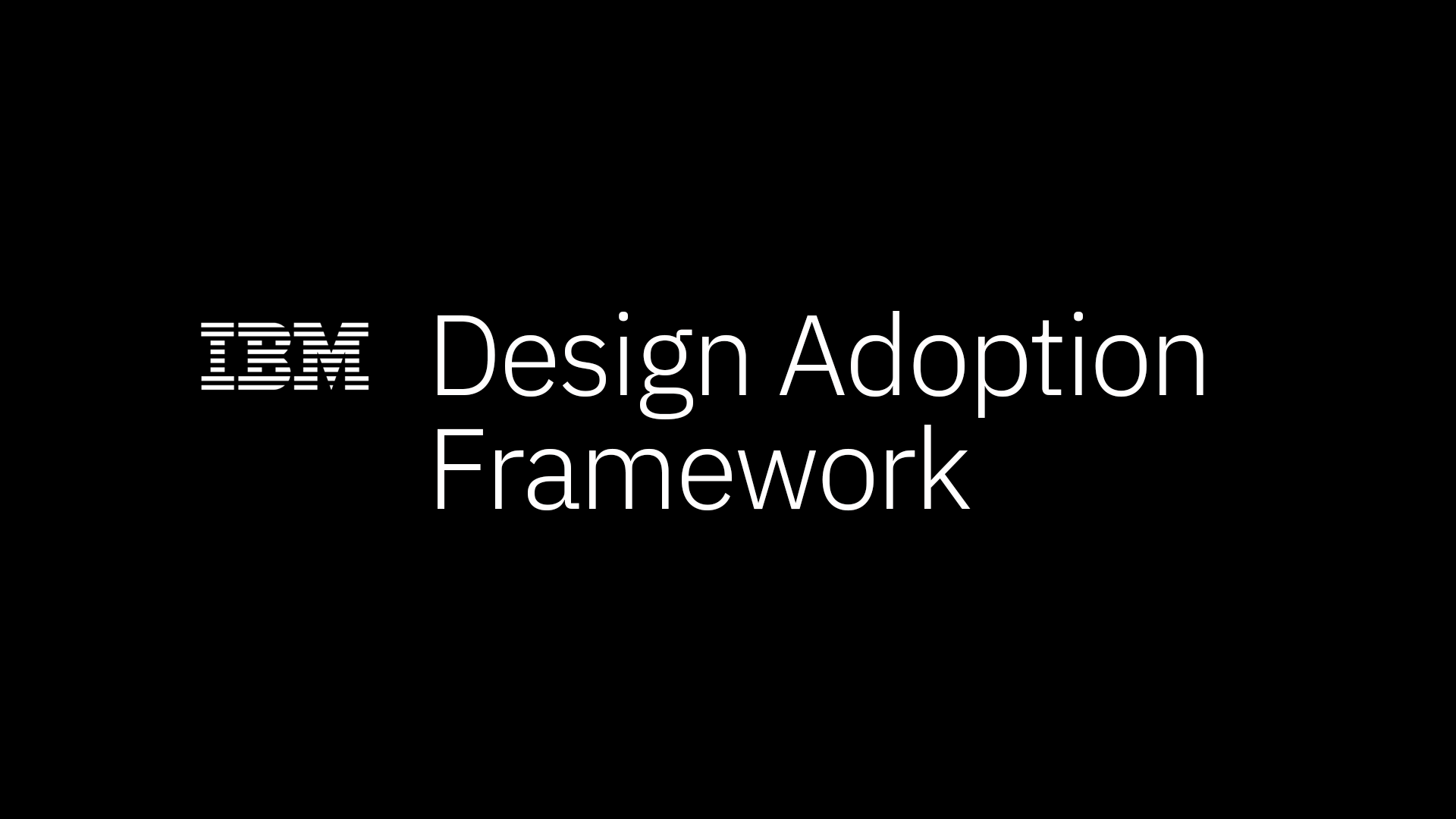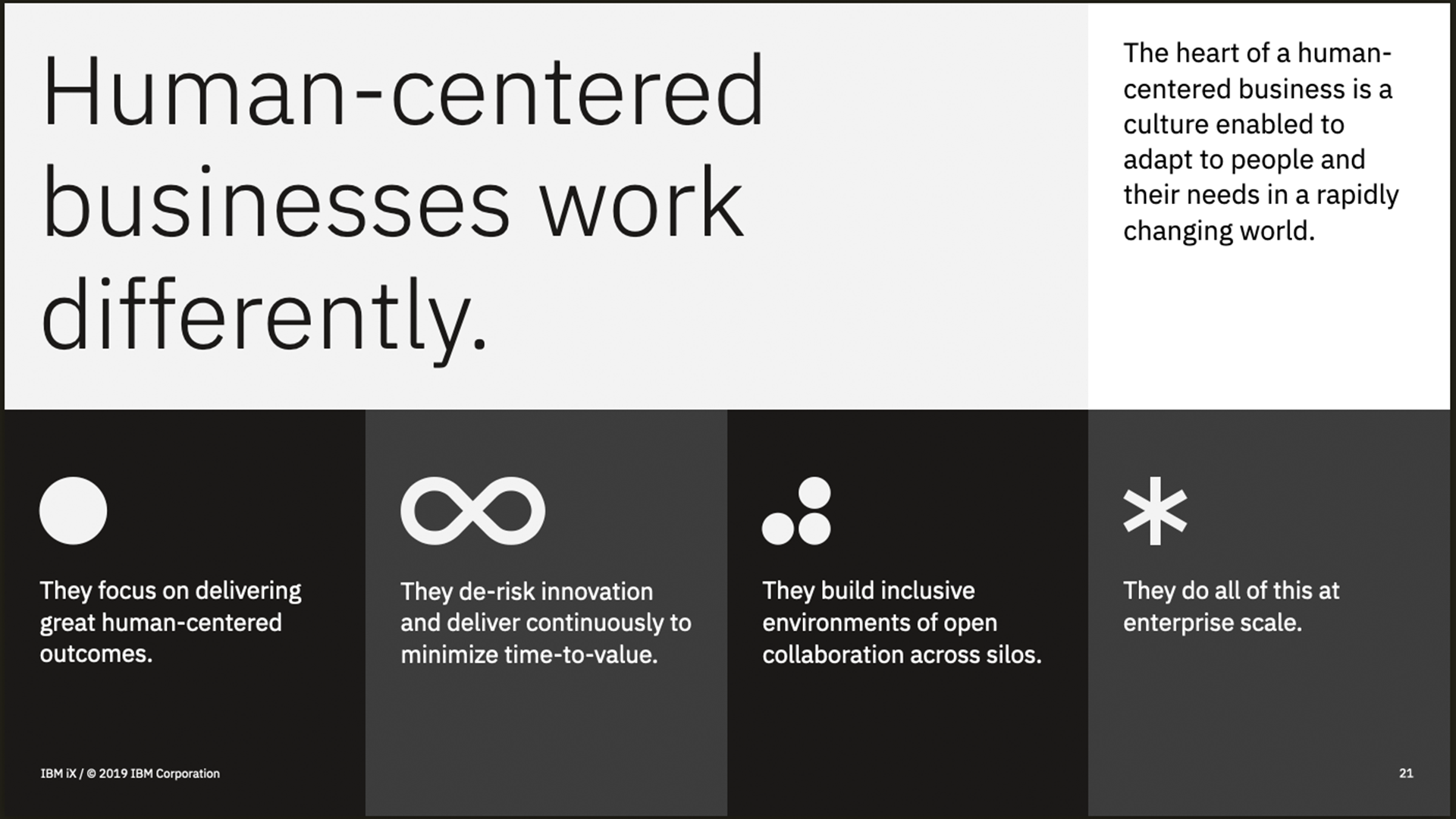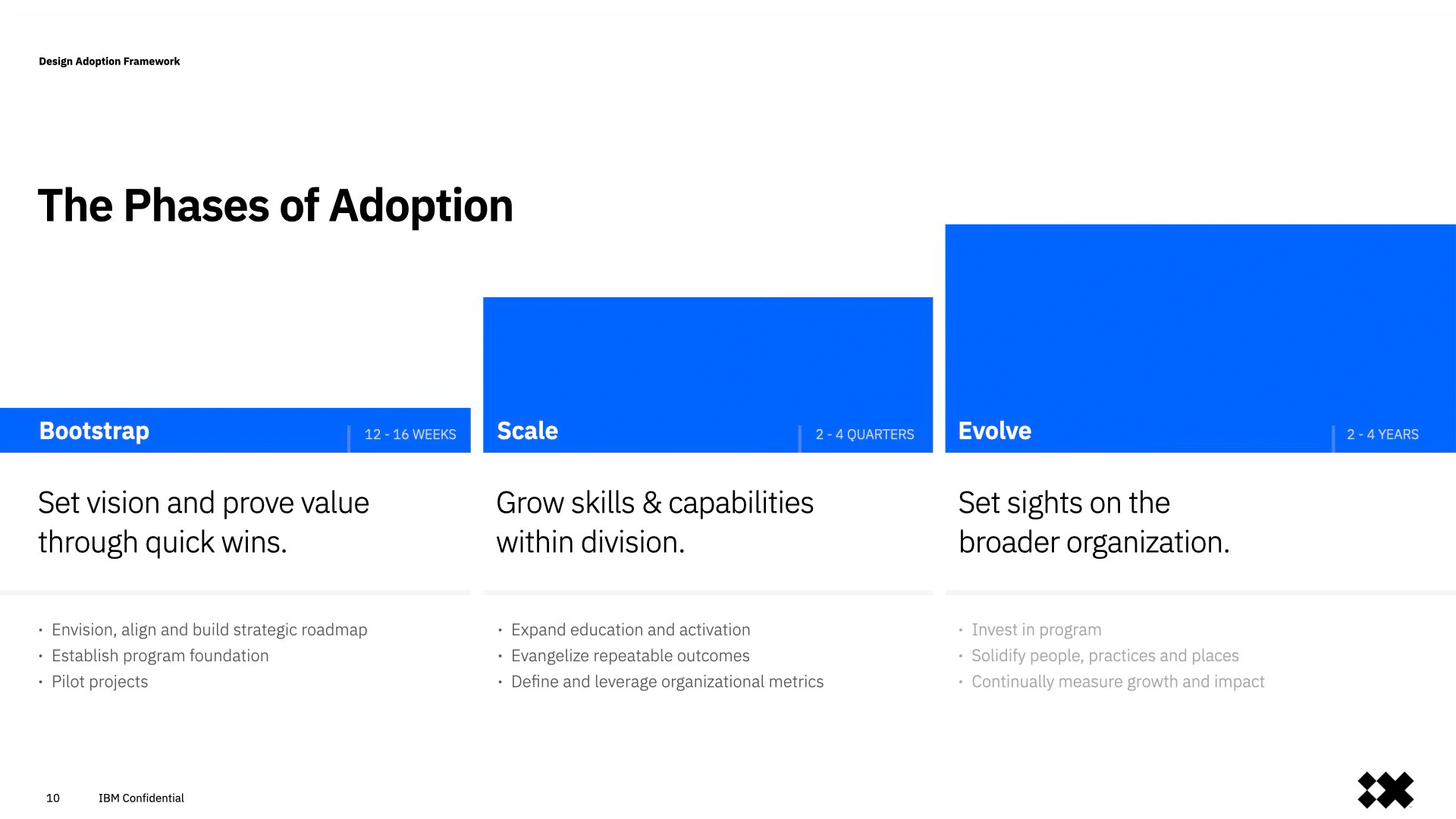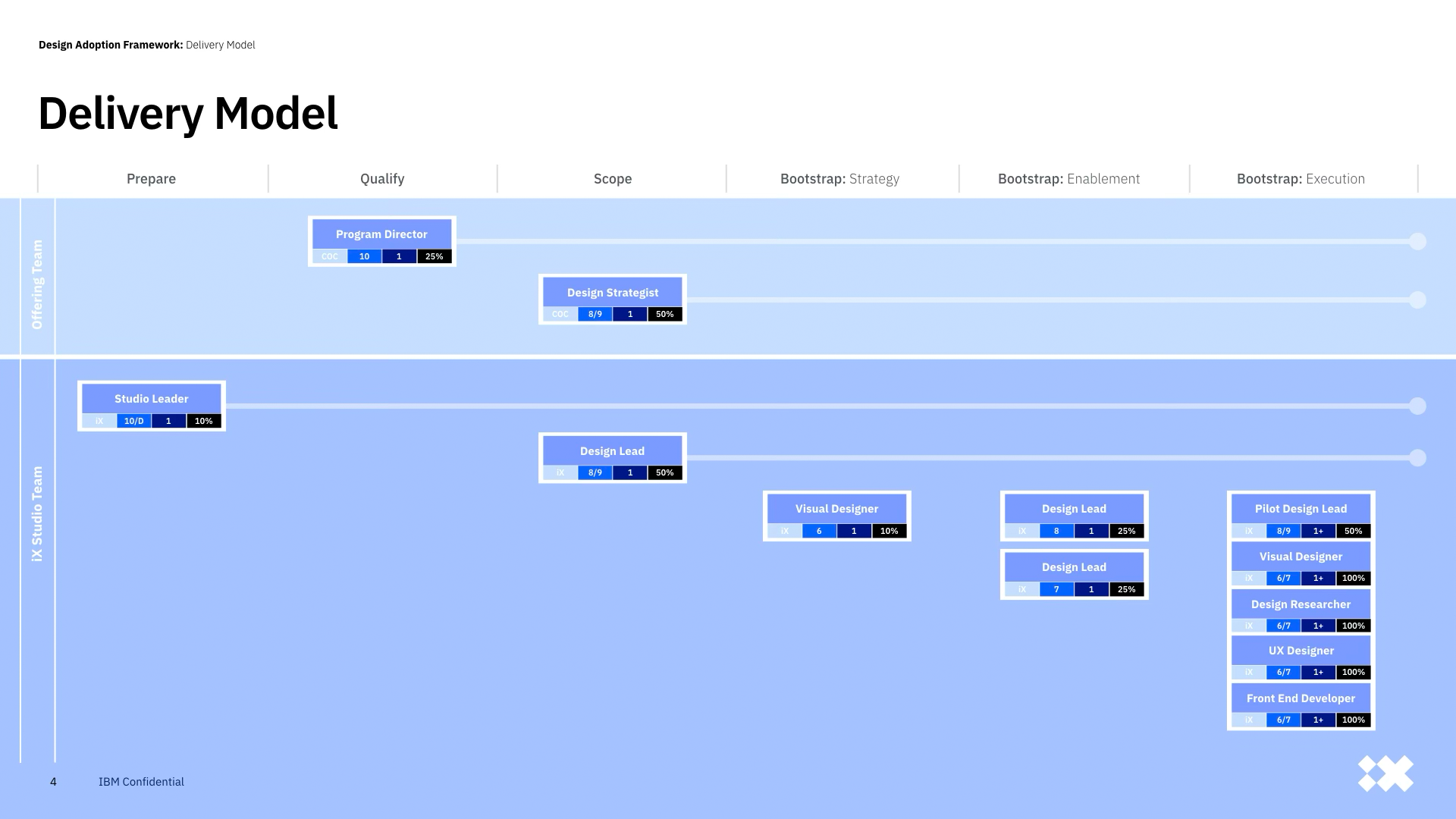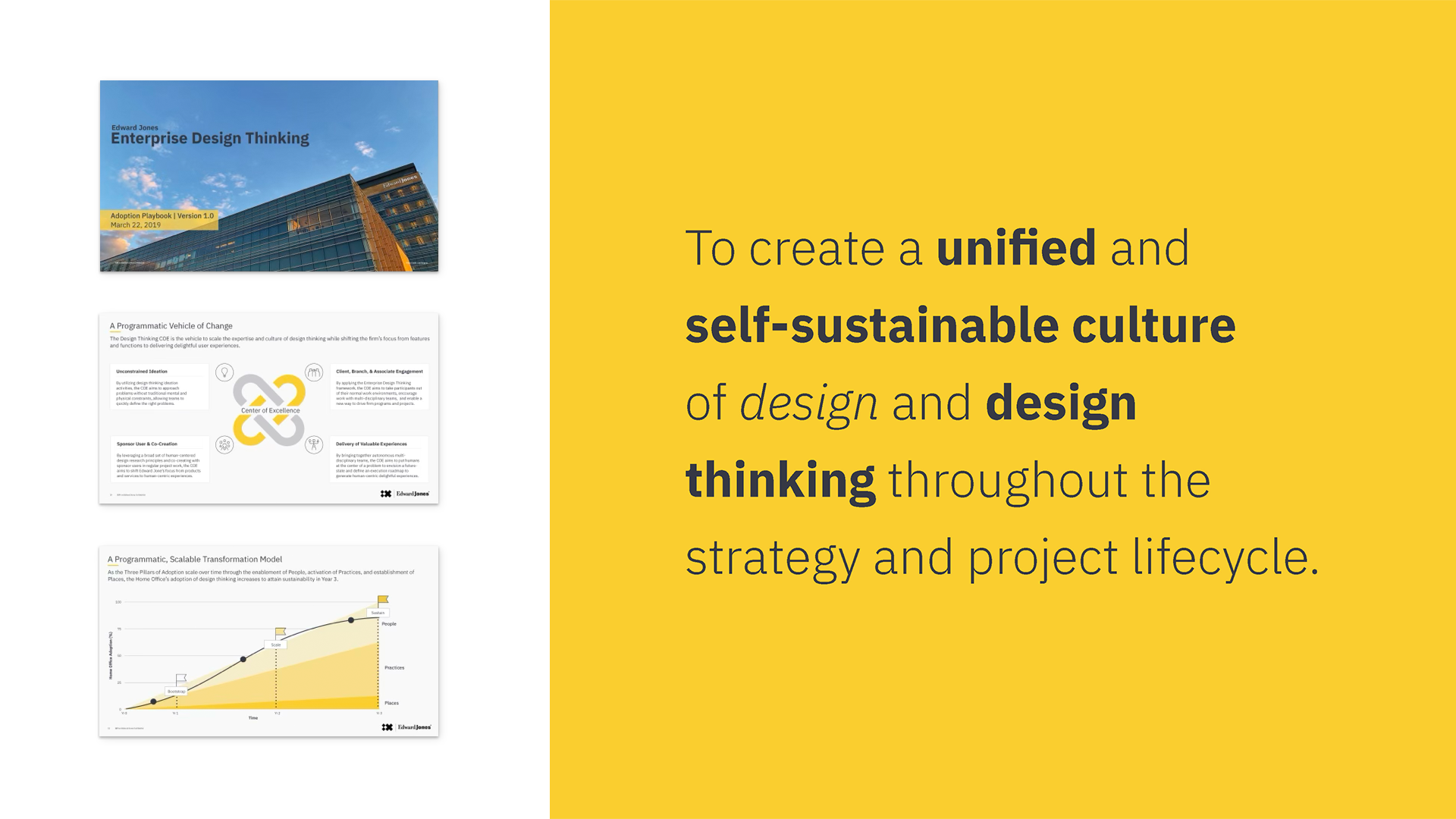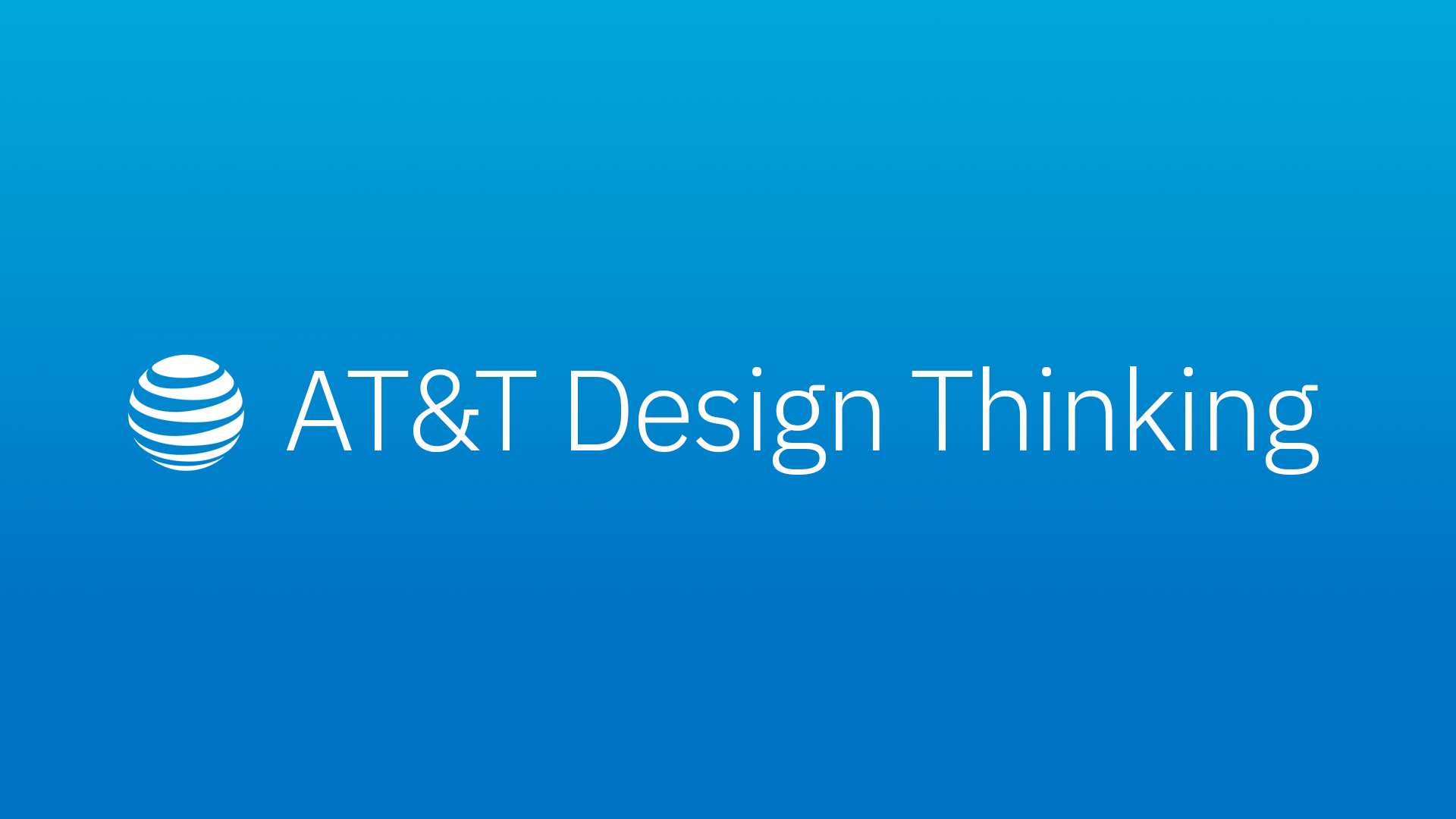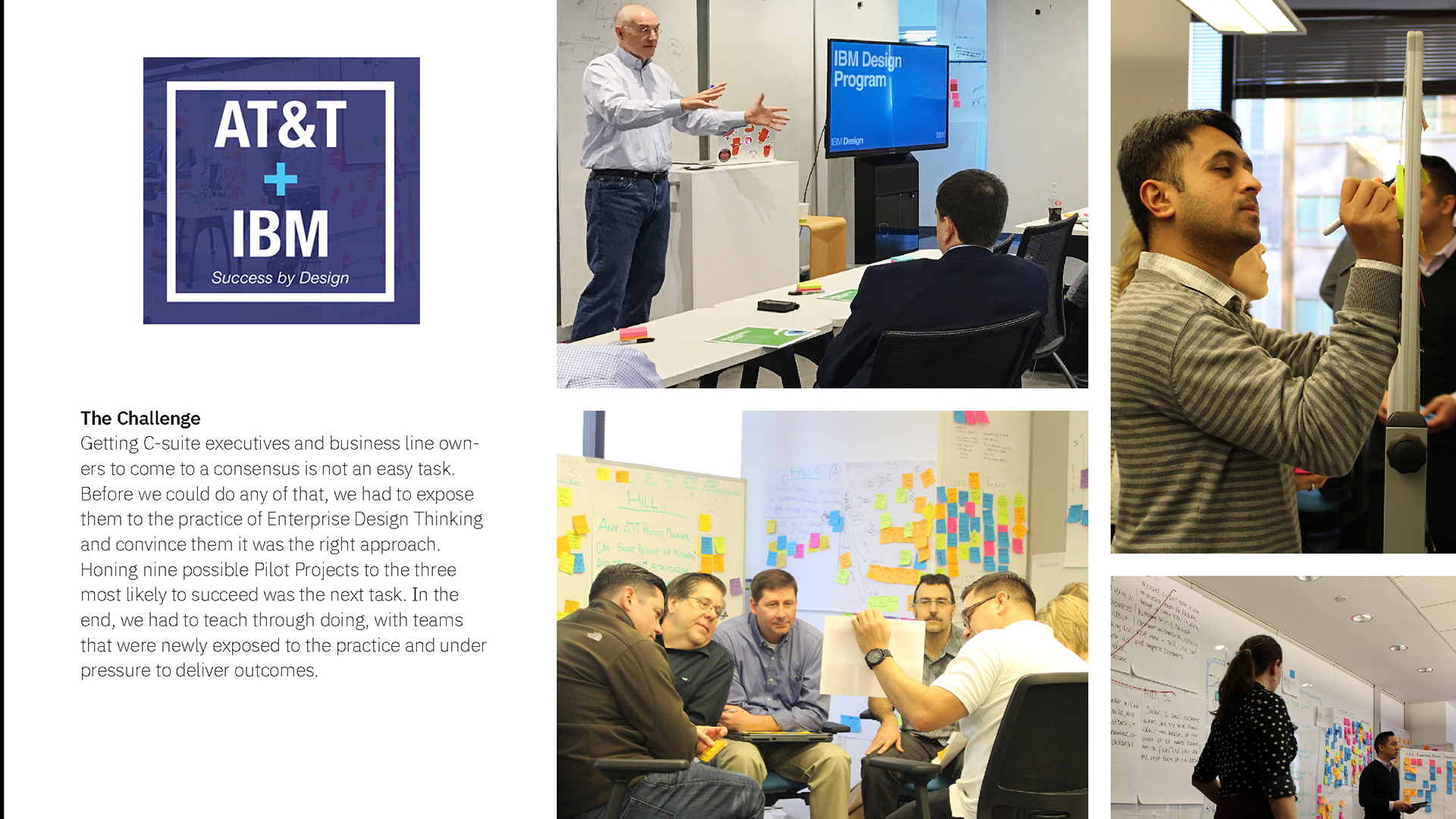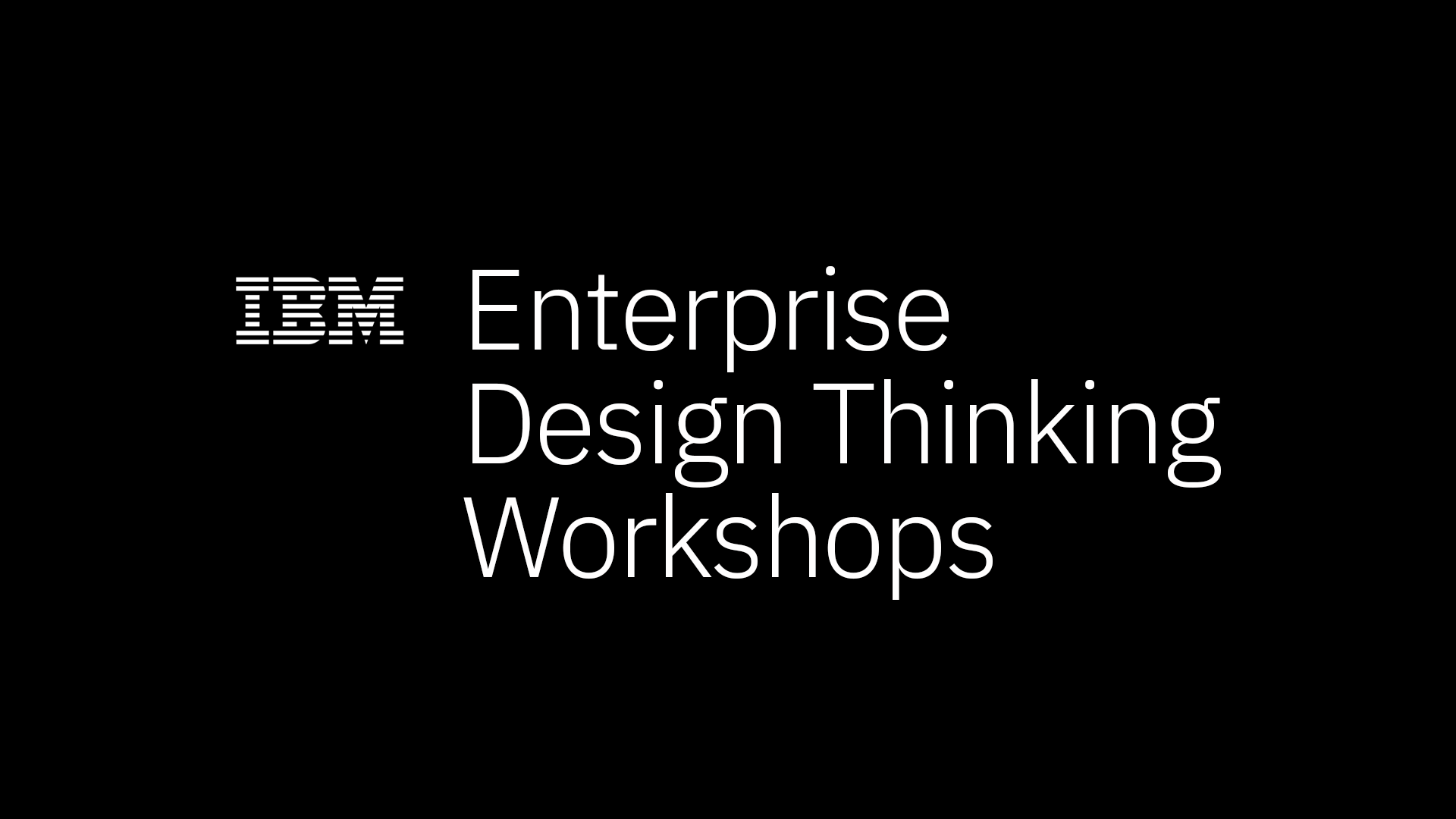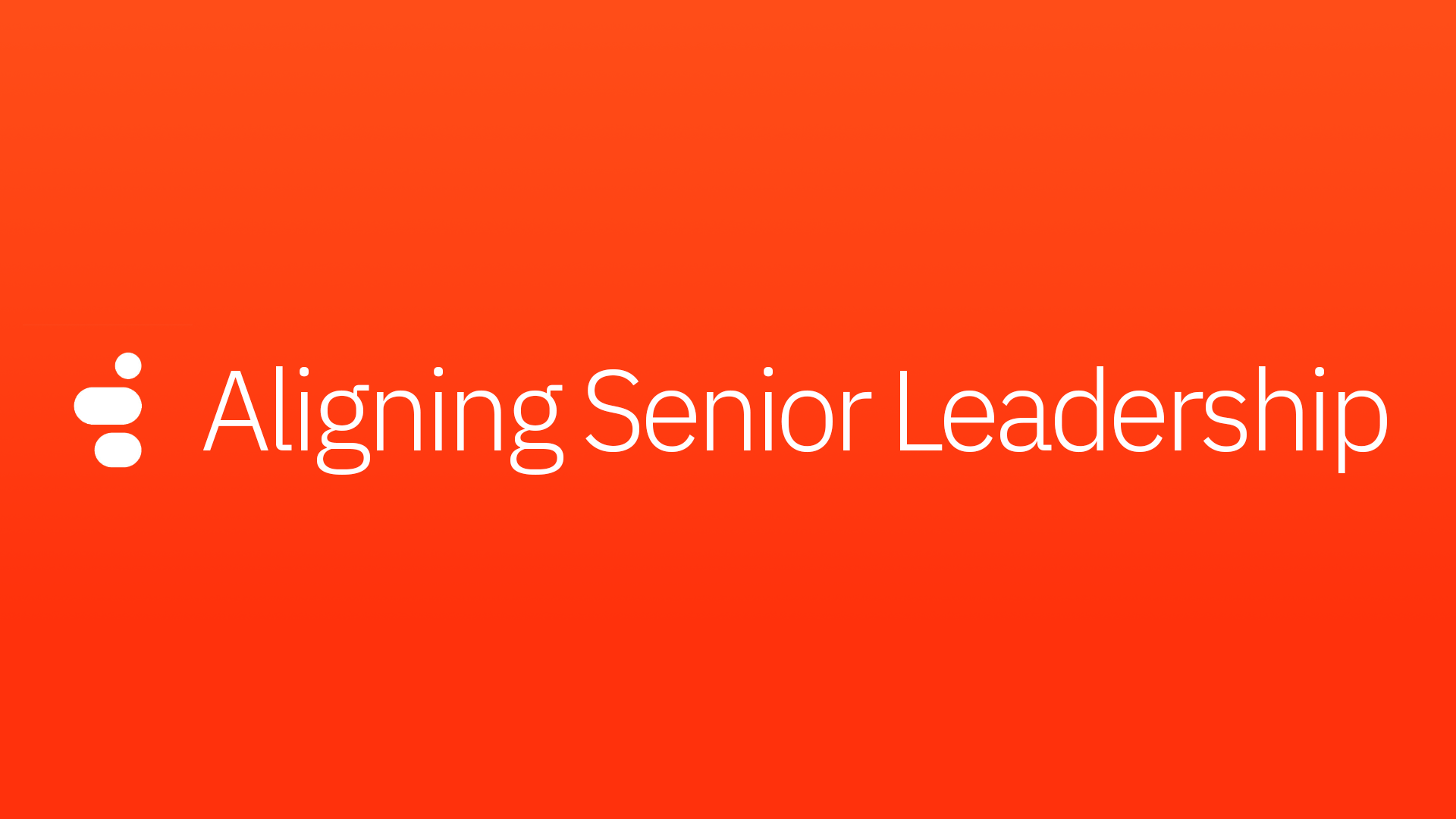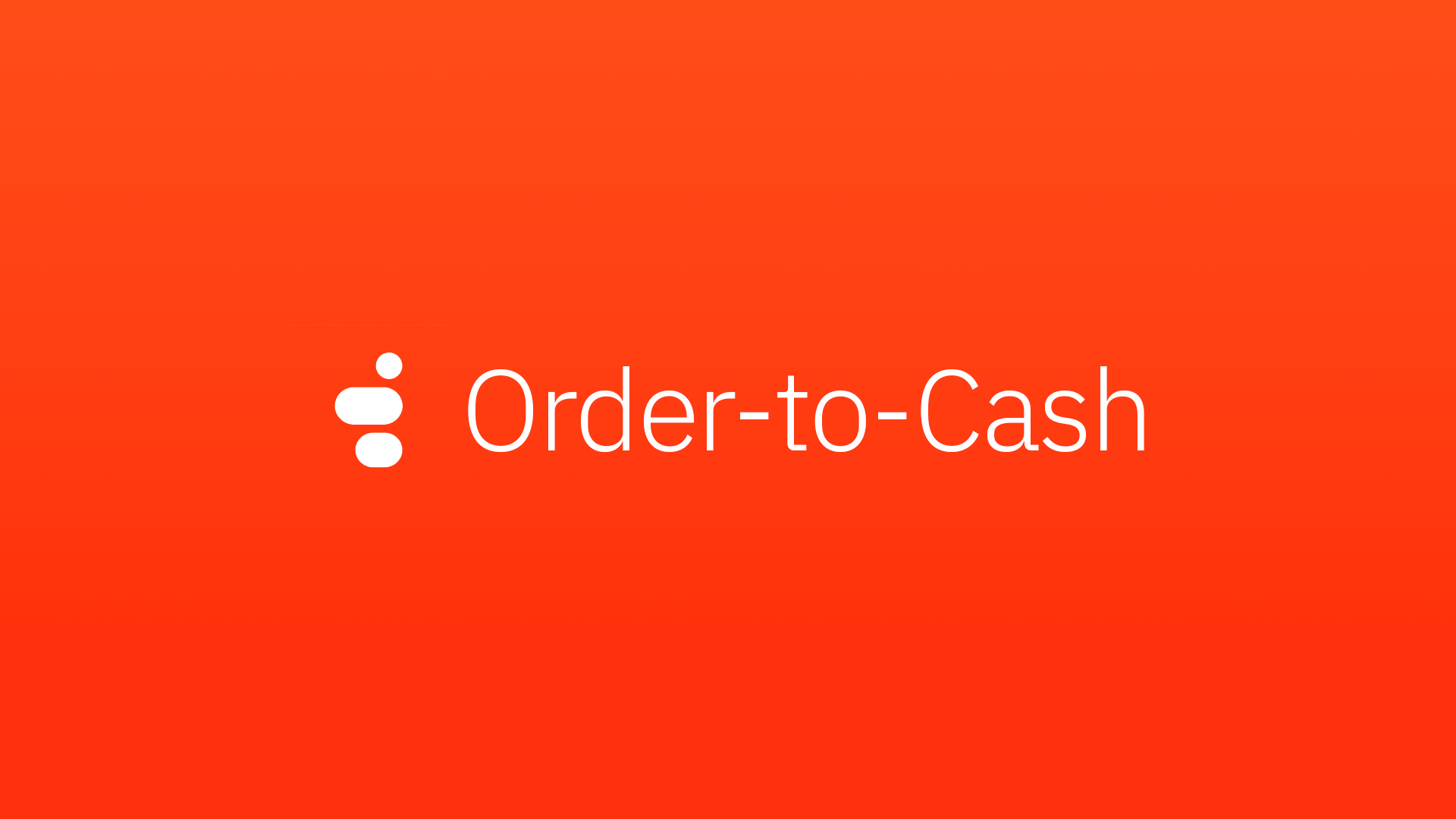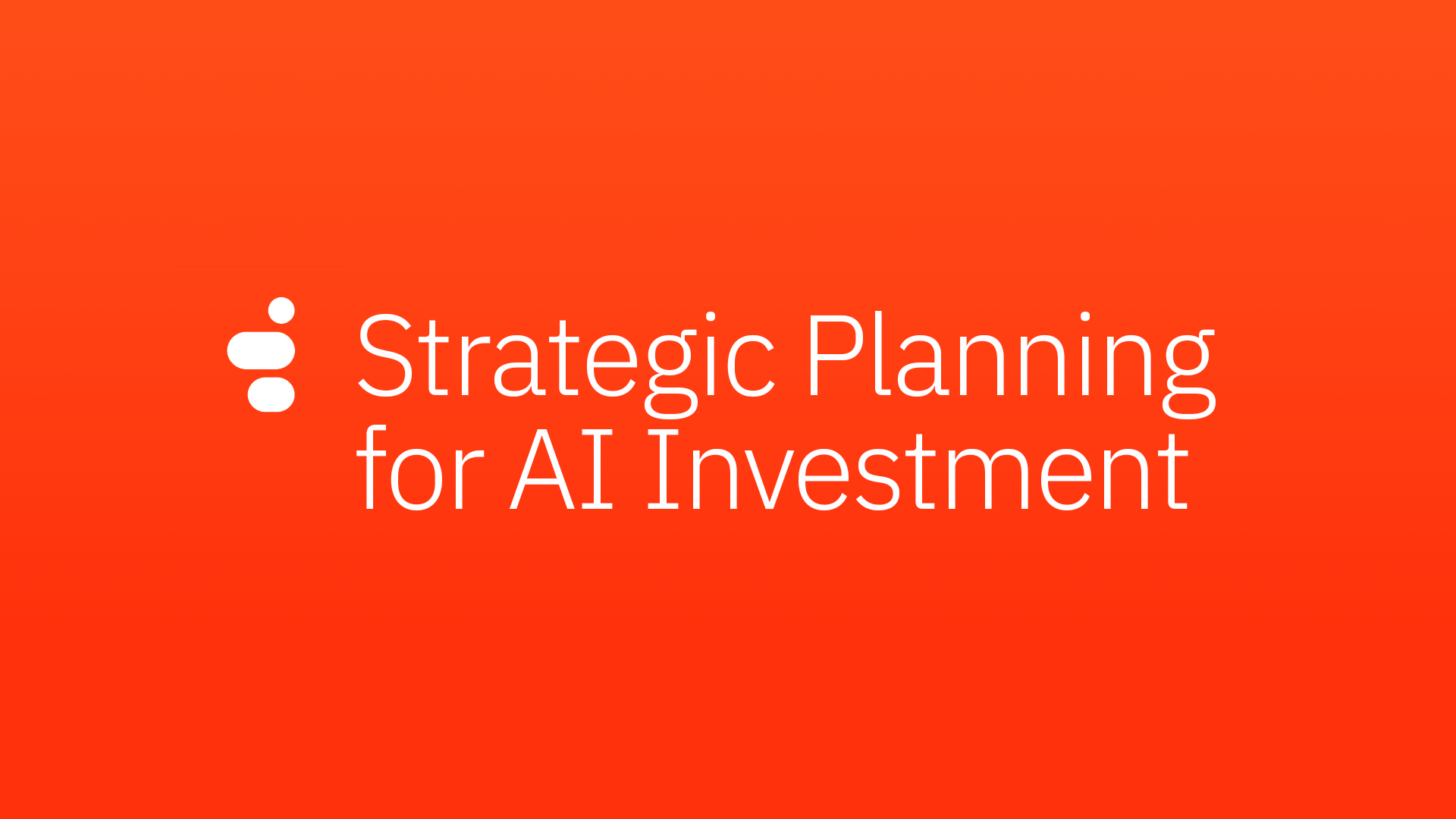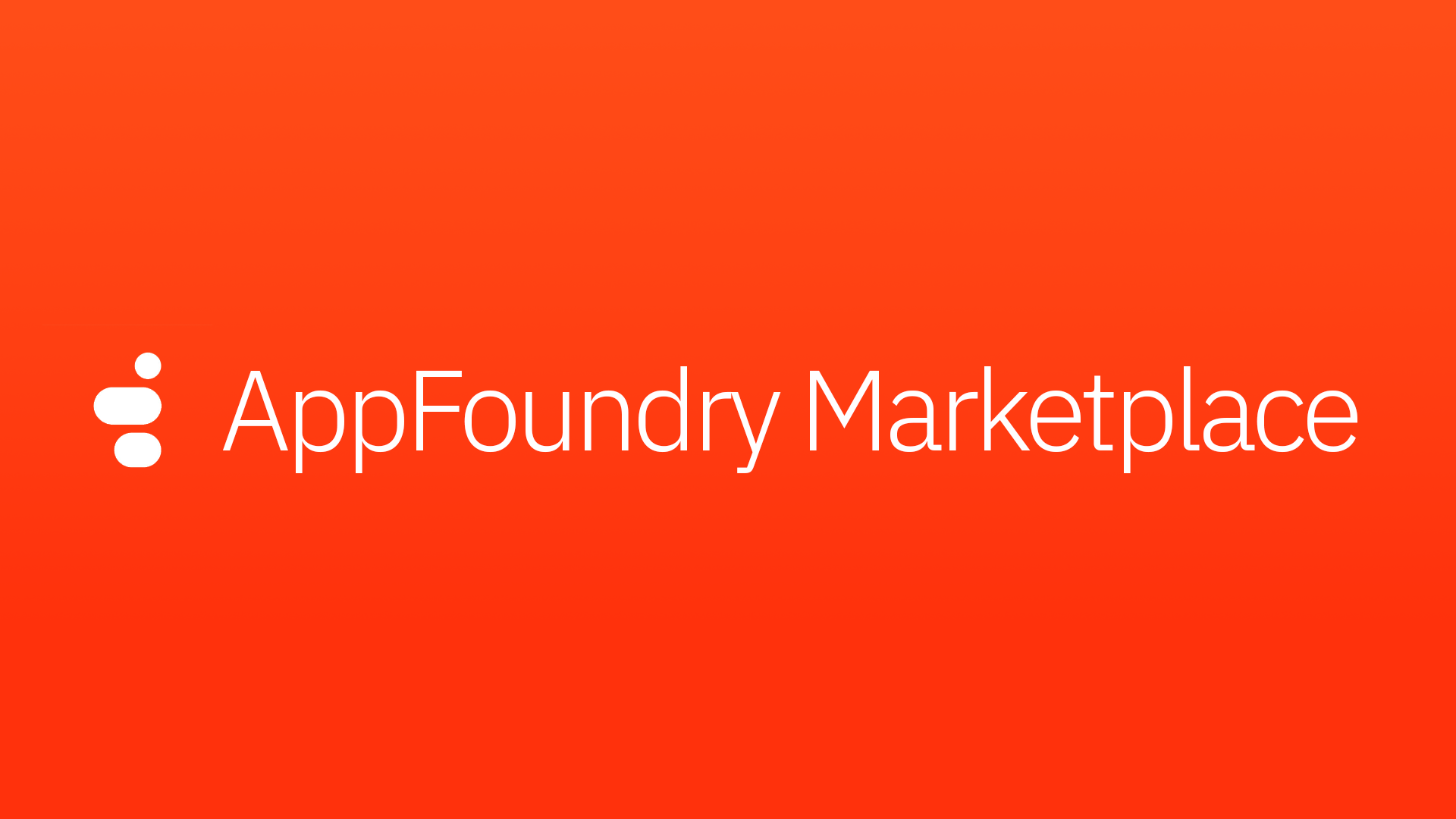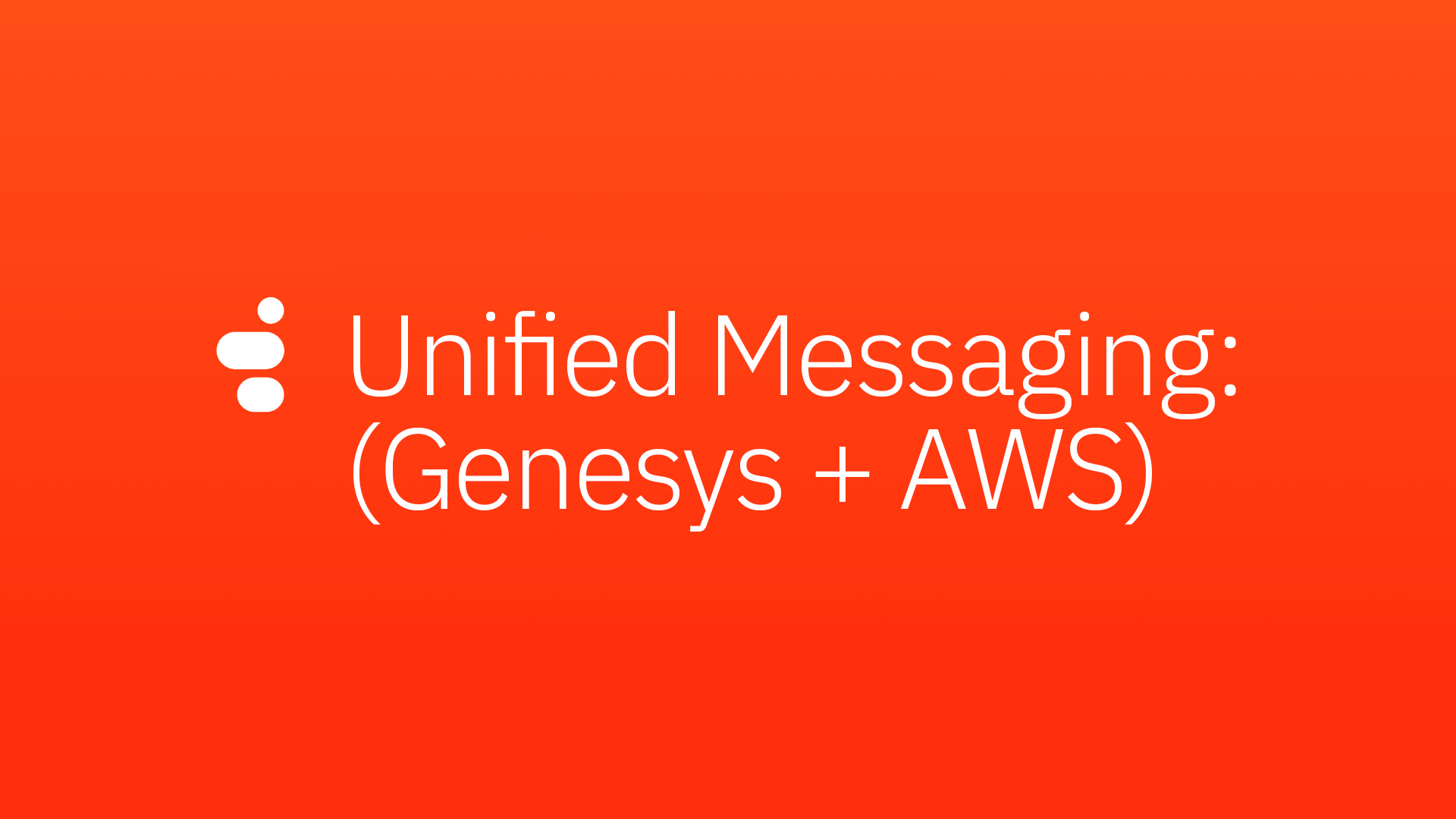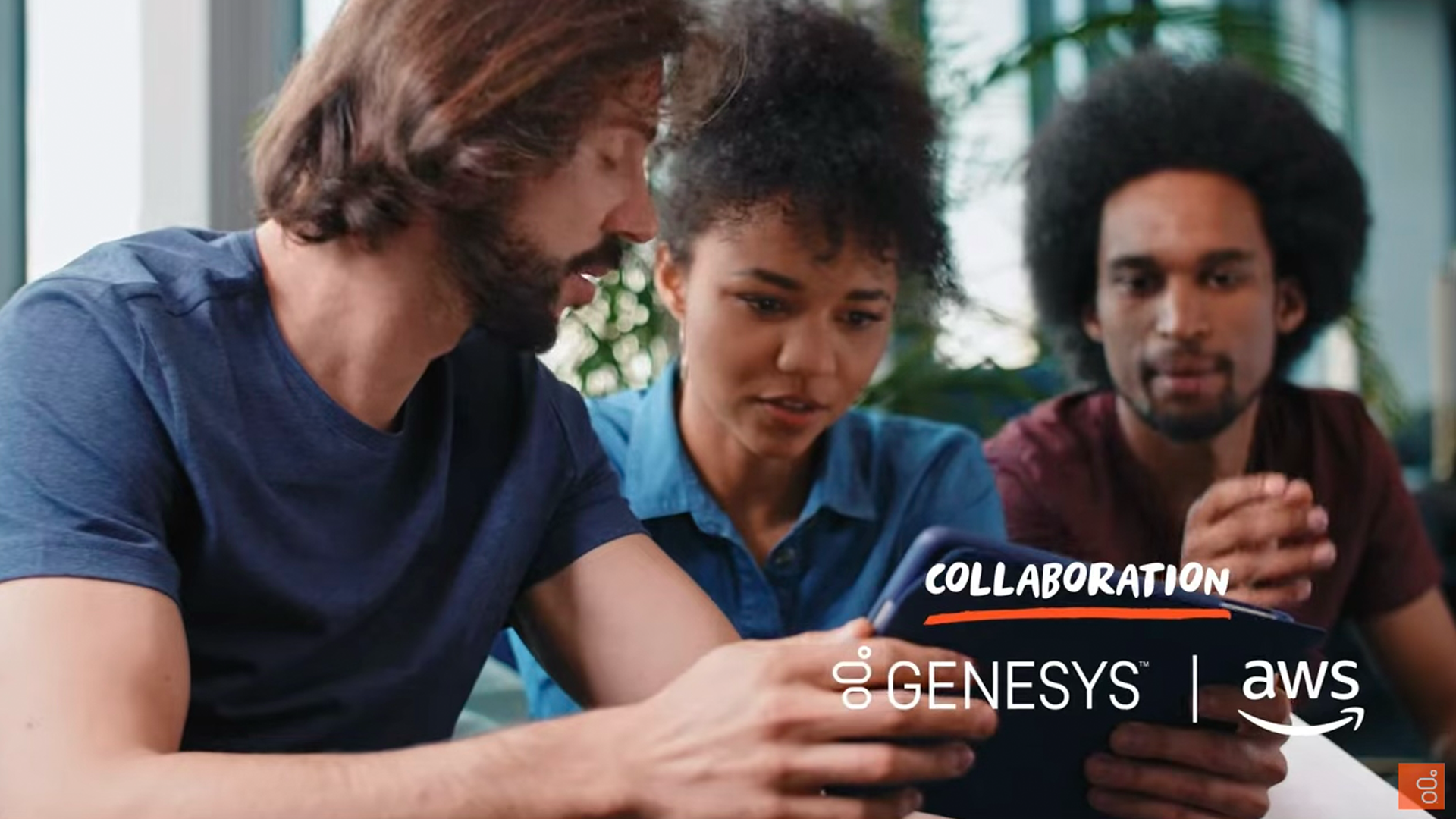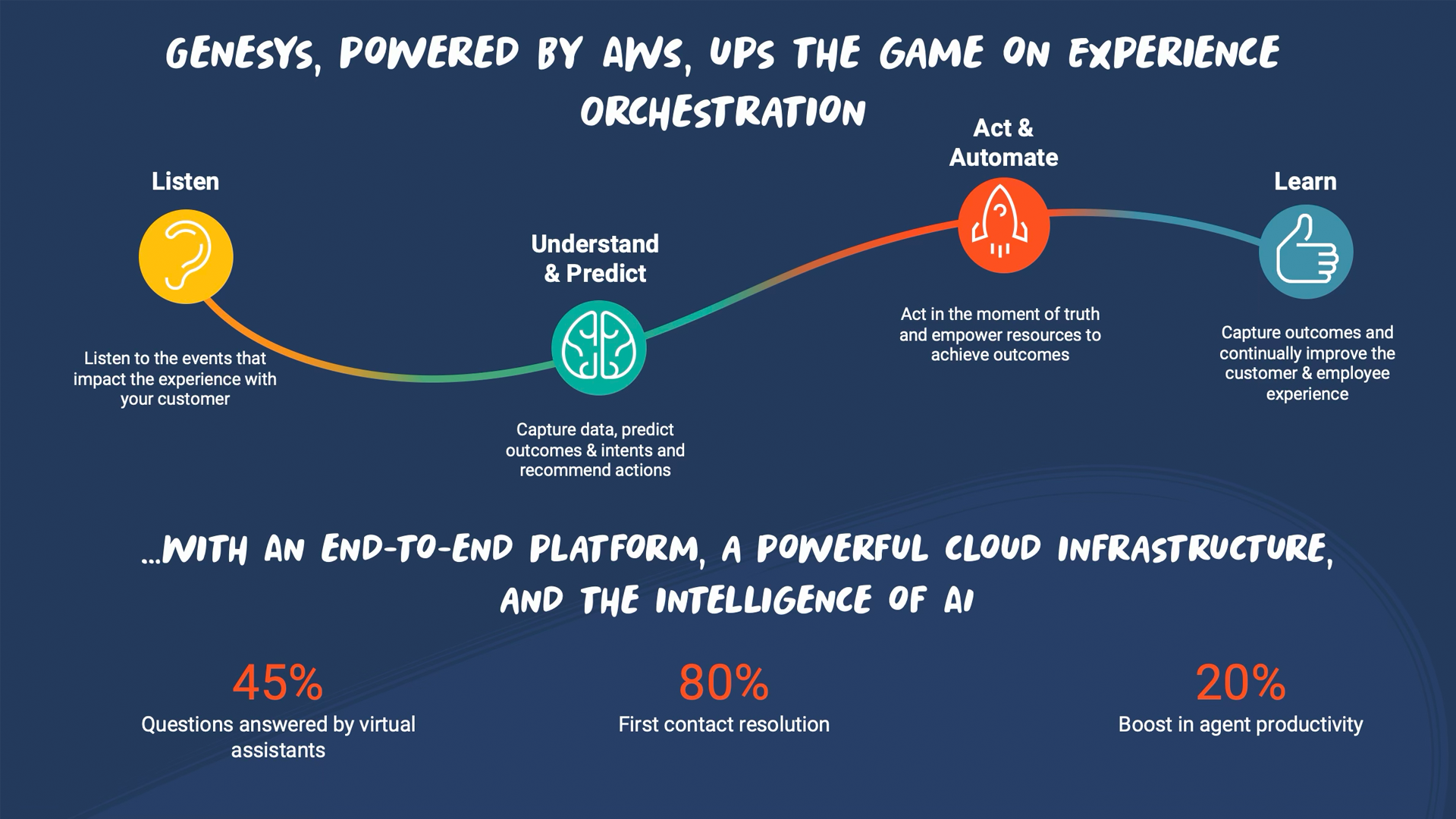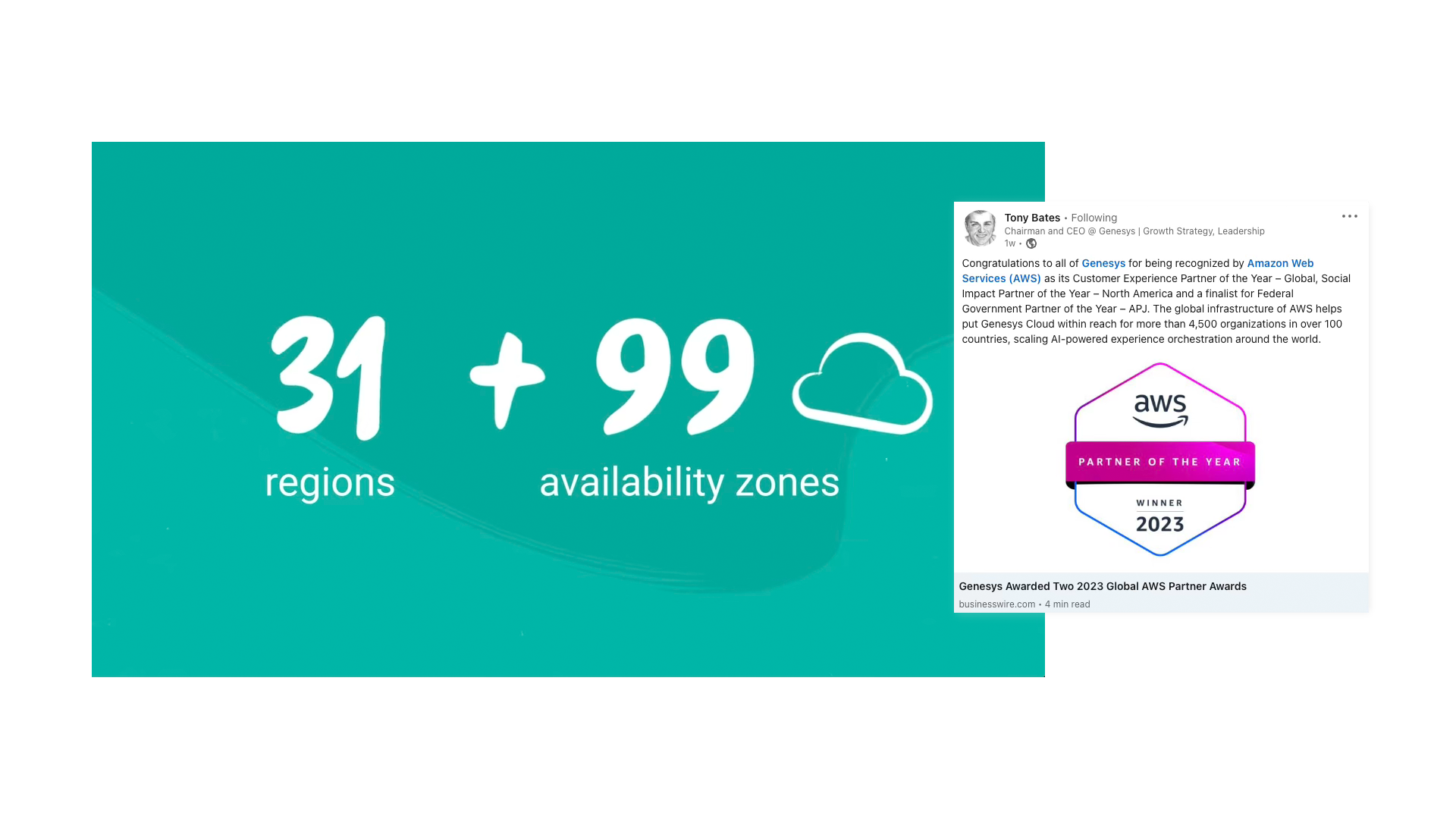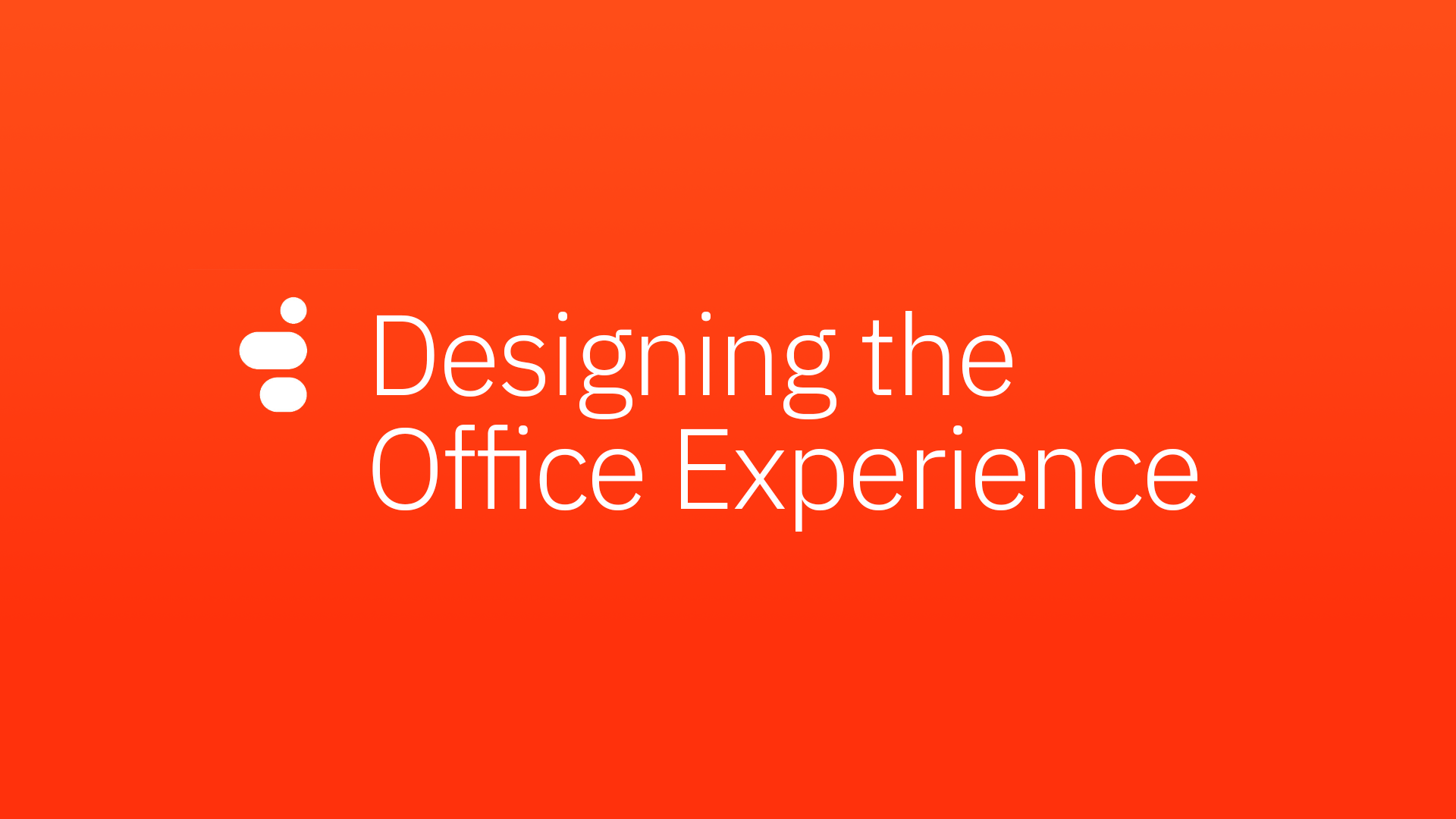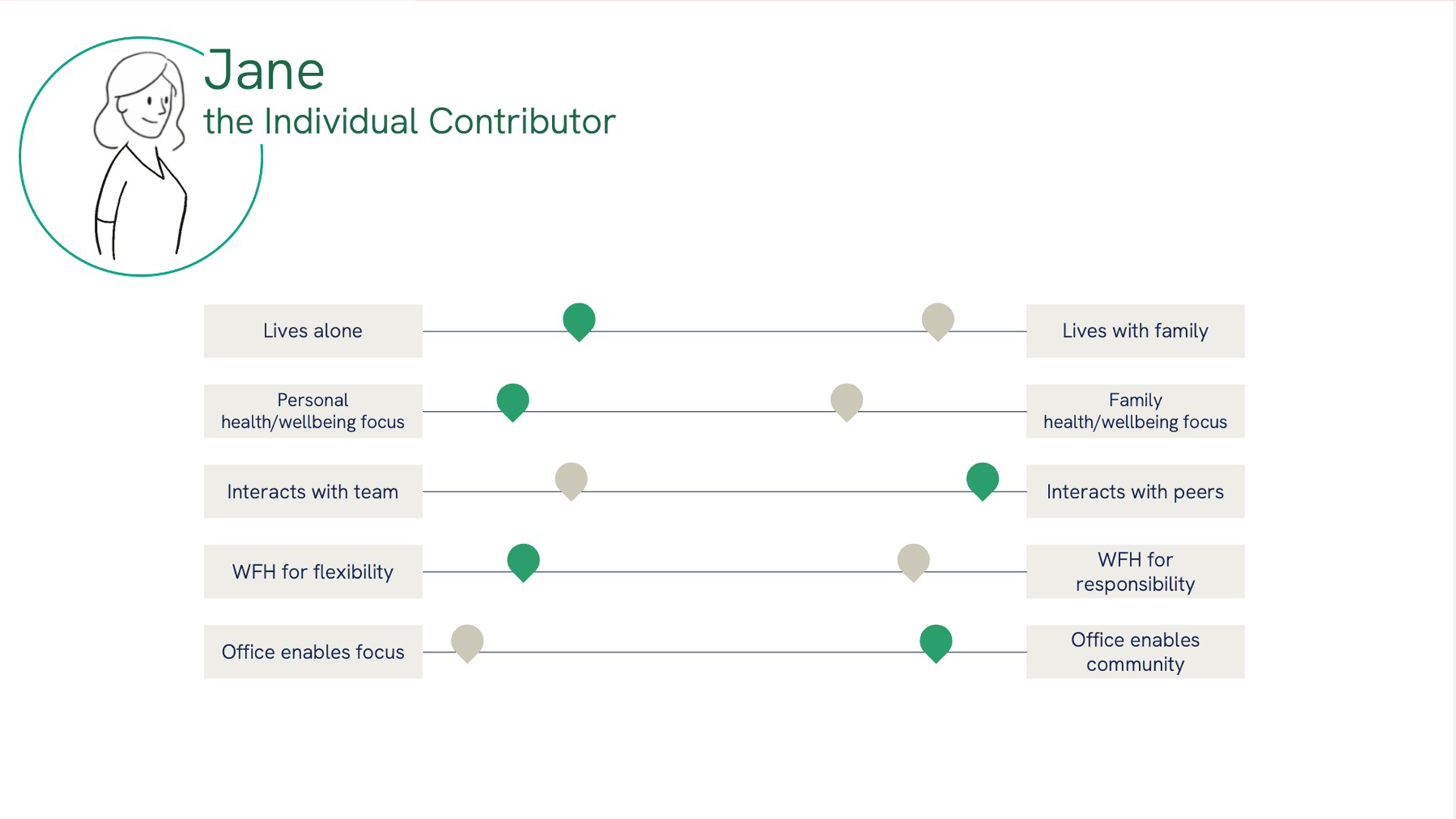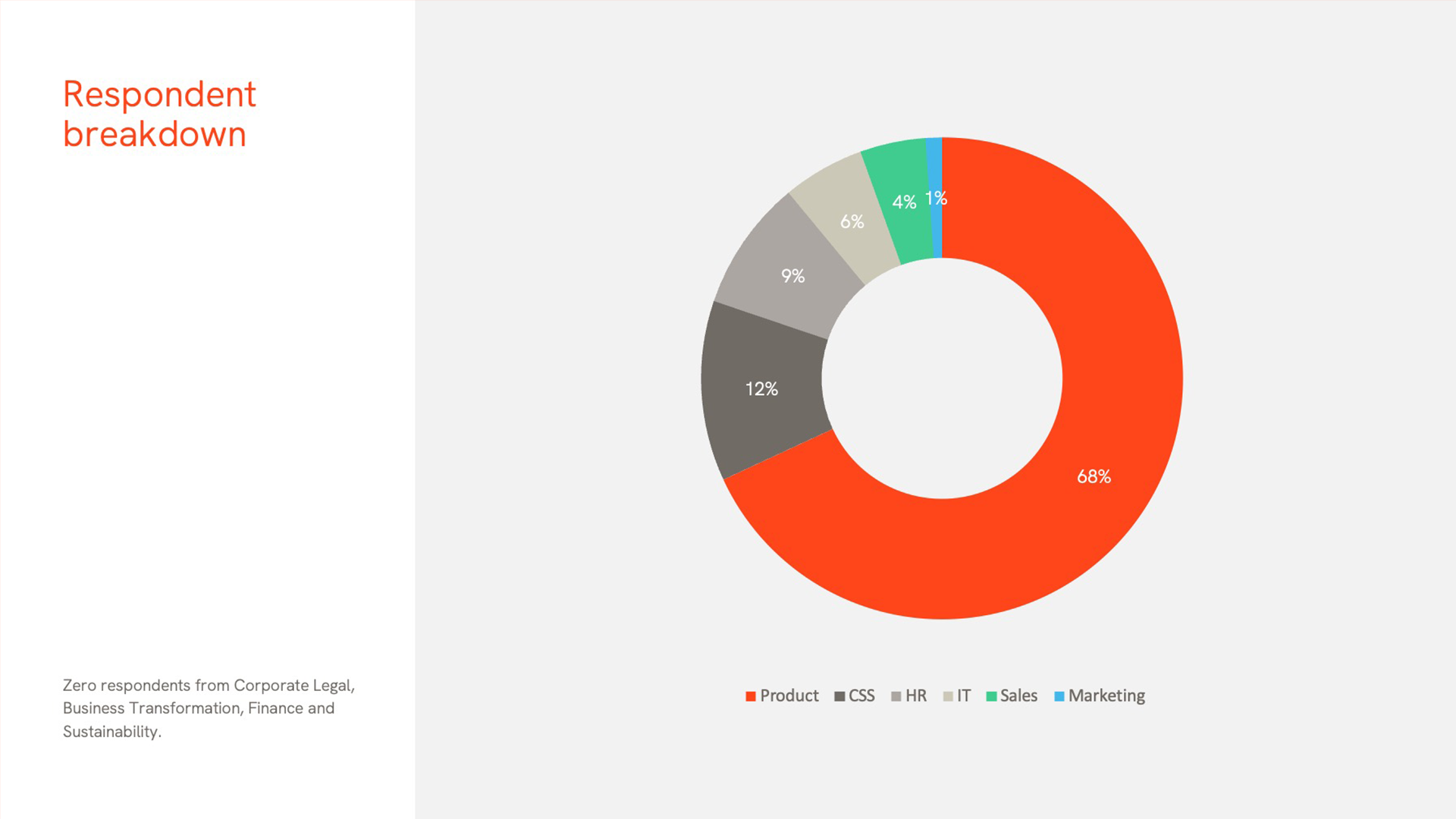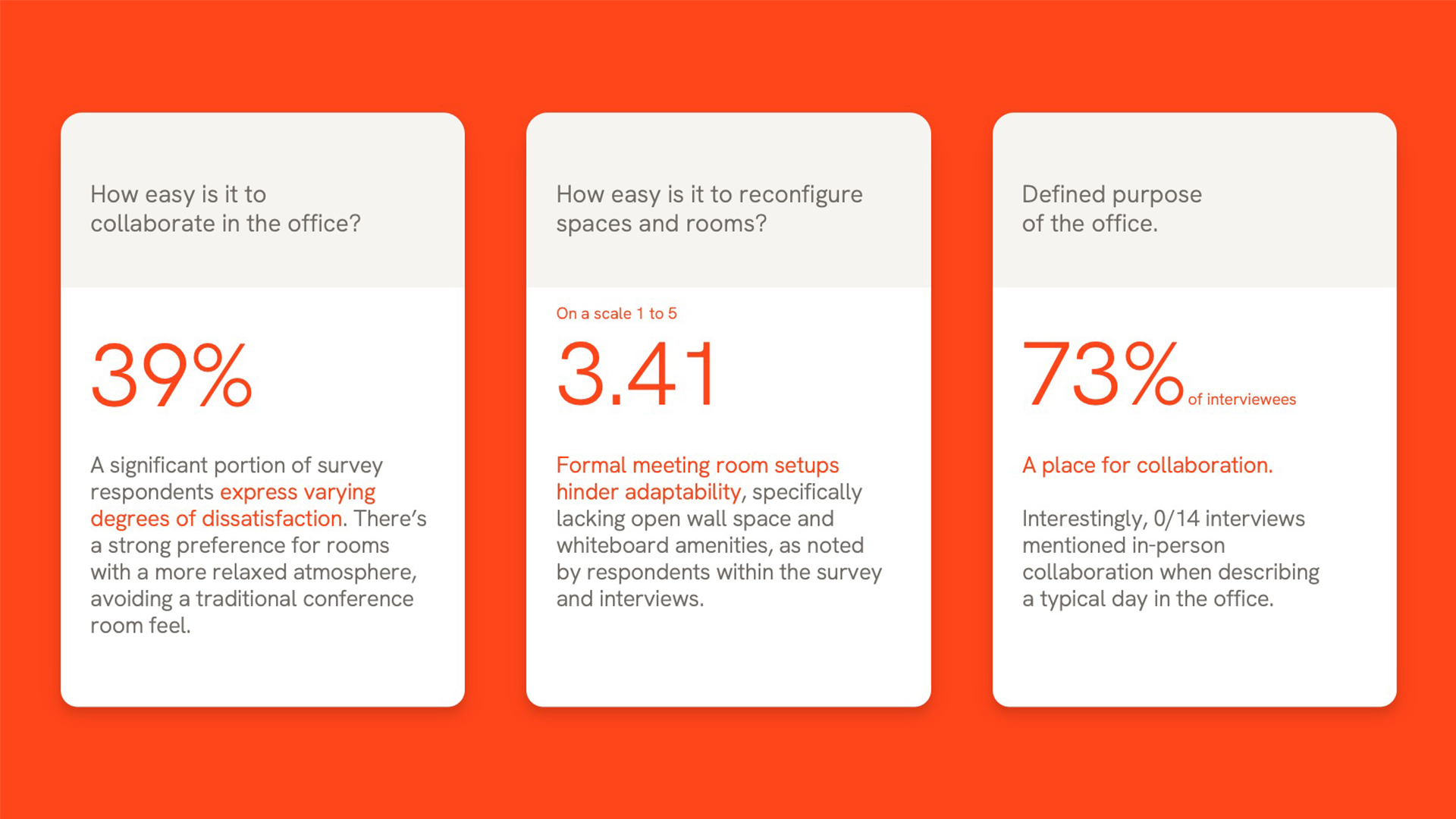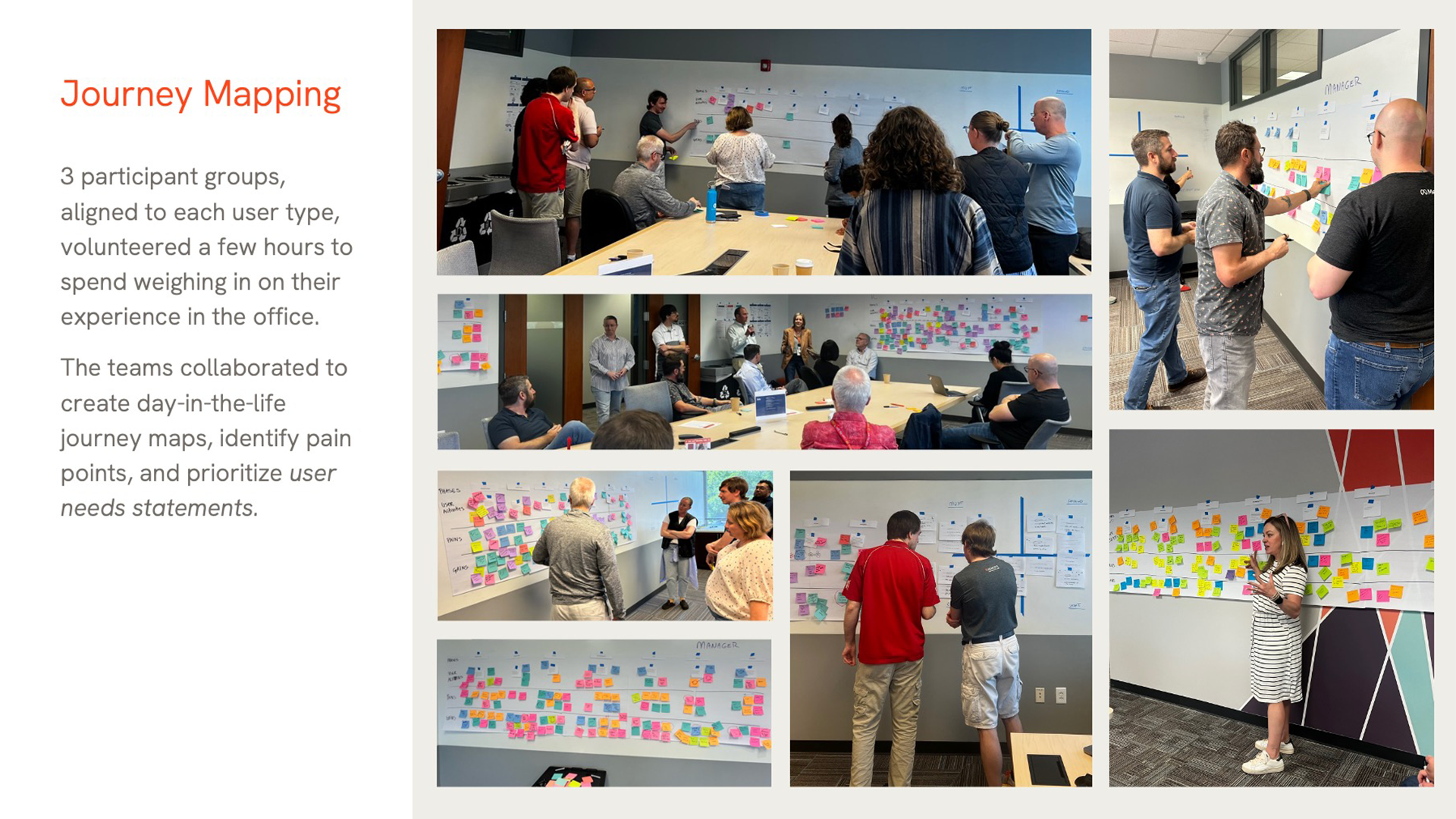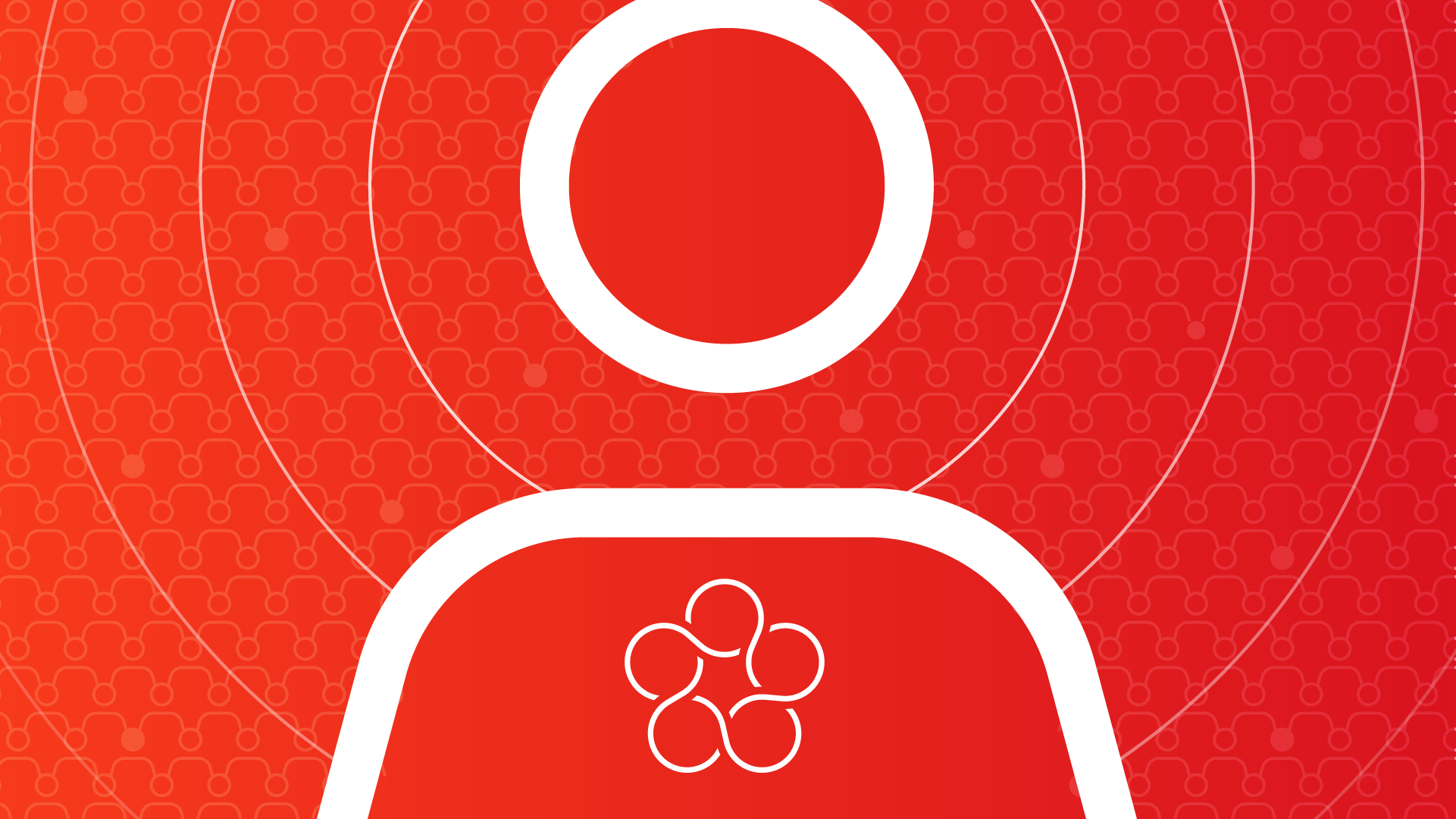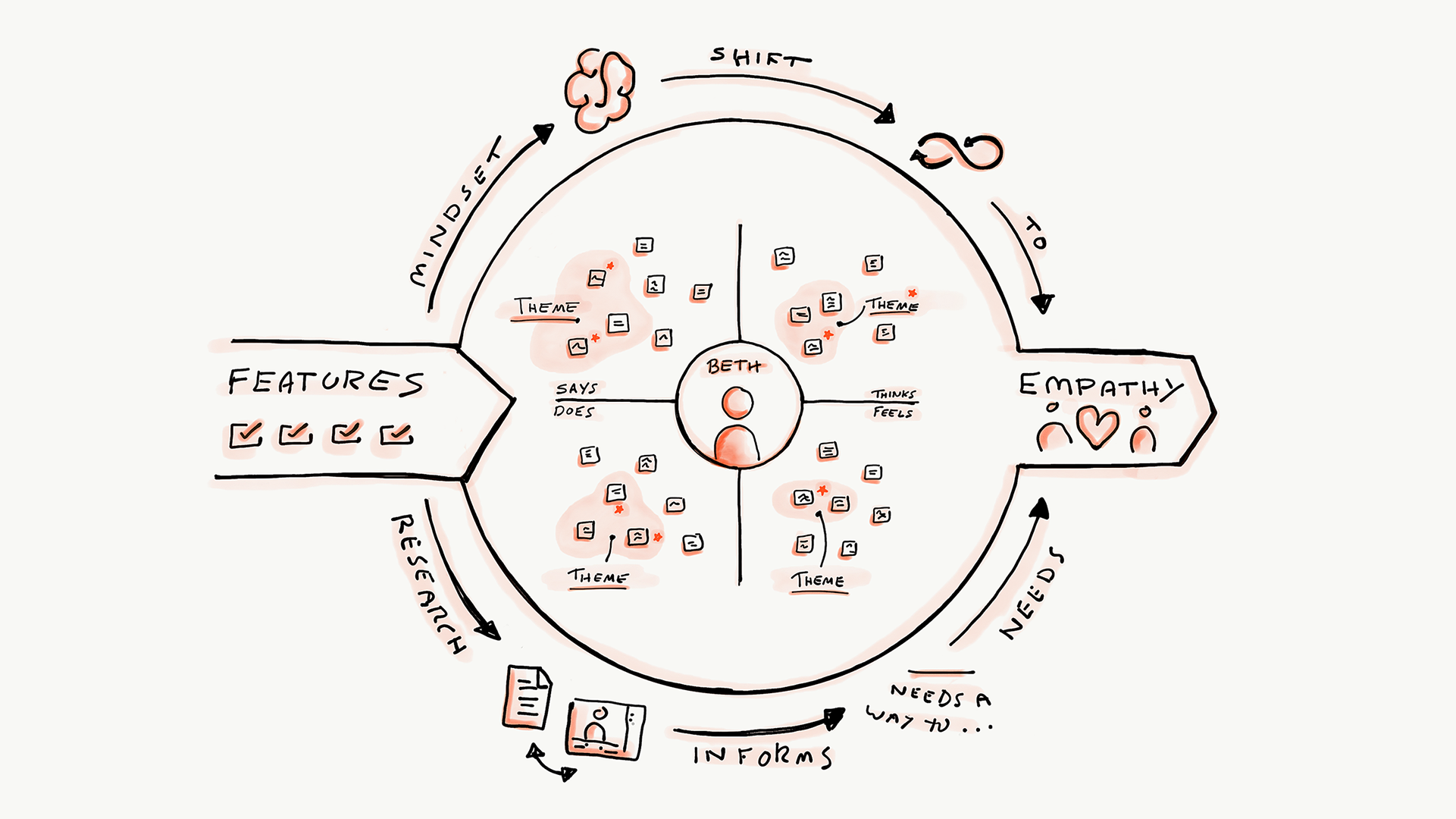
Matt Fangman
I believe the future of work is co-created—built by people with the courage to collaborate across functions, challenge assumptions, and lead with empathy.
Success Metrics
My Approach

Human-Centered
-
Purposeful Innovation:
I design with the organization’s mission, the user’s experience, and long-term value in mind. -
Systems Thinking:
I design for the full system—people, processes, and incentives that shape behavior.

Collaborative
-
Facilitative Leadership:
I help teams uncover assumptions, align on outcomes, and move with shared purpose. -
Strategic Influence:
I tell the right story at the right time to create clarity and commitment.

Action-Oriented
-
Iterative Solutions:
I prototype fast, test early, and adapt based on learning. -
Scalable Frameworks:
I create structures that others can use, improving consistency and velocity at scale.
My Career Journey

Visual Design
My journey began where many design careers do: In the visual. I earned a degree in graphic design and cut my teeth building brand identities, crafting systems, and helping organizations represent themselves with clarity and intention. Over a decade running my own design consultancy, I learned how to listen: Not just to my clients, but to the signals inside their businesses. I designed more than artifacts. I designed for meaning.
That foundation led me into the world of UX.
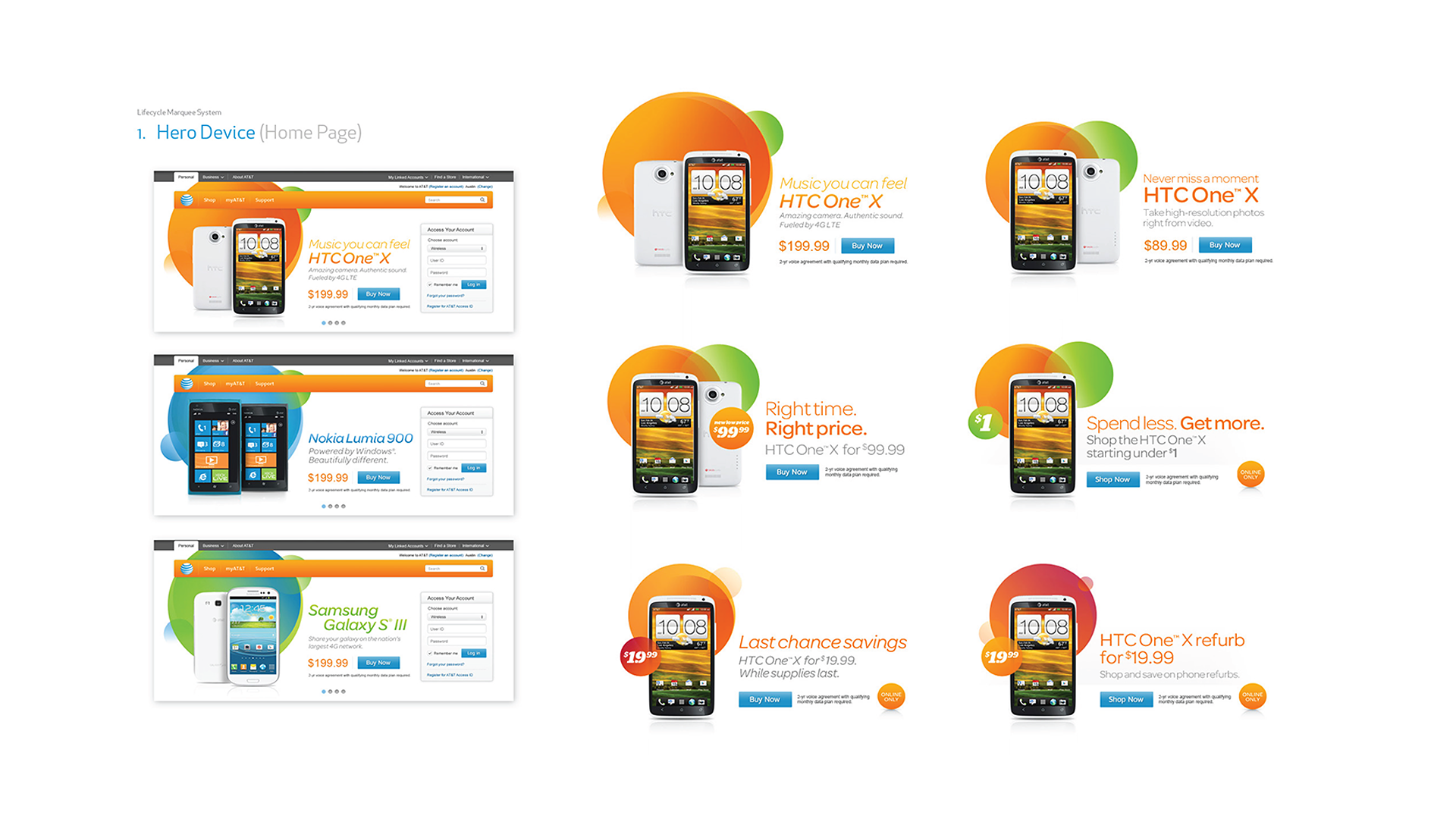
UX Leadership
At AT&T, I moved from individual contributor to creative director, eventually leading a team of ~40 designers and project managers. We weren’t just designing screens, we were shaping how millions bought devices, discovered plans, and experienced campaigns. From Apple launches to integrated design systems at scale, I grew into managing complexity, velocity, and experience strategy.
Then IBM called.
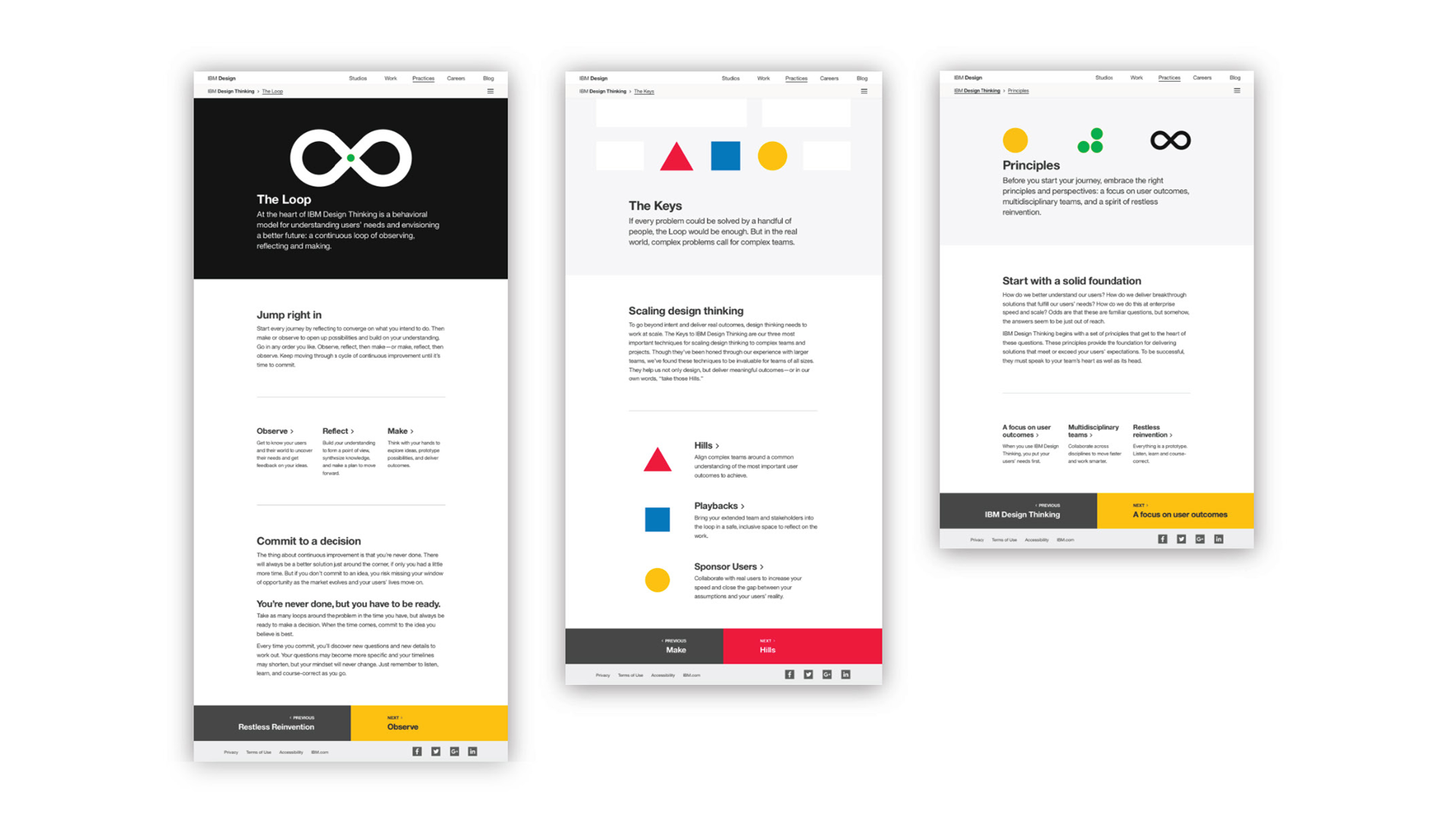
Practice Leadership
I joined the Design Program Office as a practice leader, tasked with transforming how we design and how we support product teams. I helped reshape IBM’s Enterprise Design Thinking model: tailoring it for the needs of engineers, consultants, and global delivery teams. And as customer demand grew, I was asked to build a new service offering to help Fortune 500 clients apply that same transformation to their organizations.
I became a consultant and an offering manager.

Transformation Consulting
We codified the Design Adoption Framework: a roadmap to operationalizing empathy, creativity, and iteration at enterprise scale. I co-led engagements with companies like AT&T, Edward Jones, and Bancolombia—each building their own design adoption at scale playbook and their own practice.
Then came Genesys.
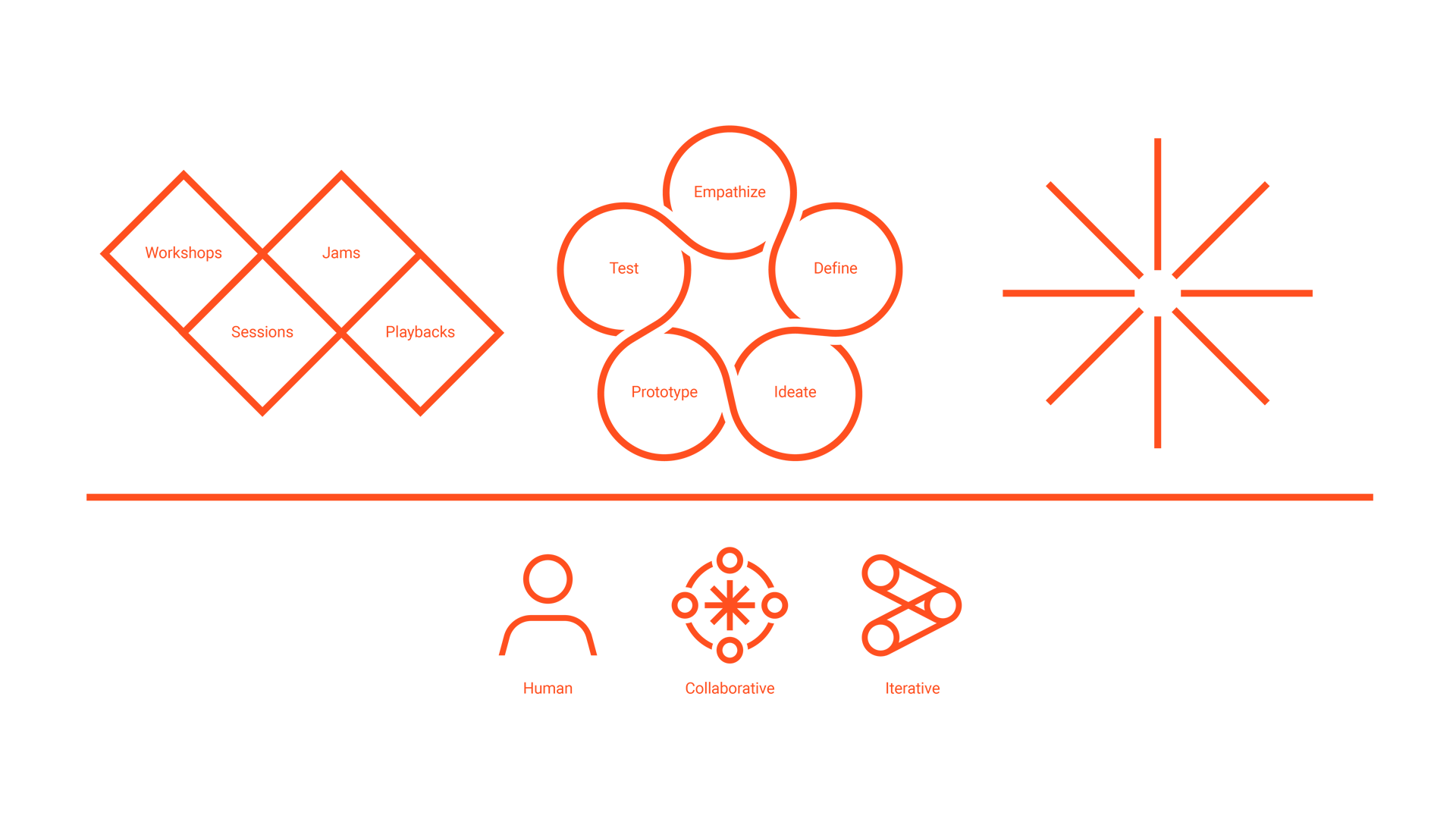
UX Strategy & Design Thinking
I was brought in to architect their design thinking capability and stand up a new UX strategy function. We created a bespoke methodology, formalized 25 techniques, and activated over 5,000 employees, from frontline teams to the C-suite. We didn’t just teach design thinking, we embedded it in how the company thinks. And we didn’t stop at product. We applied the work in finance, marketing, sales, and customer success—anywhere experience could drive business impact.
This arc—starting in design execution and maturing into systems, teams, practices, and transformations—has shaped how I see my role today. I no longer just design for people. I design with them.
Companies I’ve Helped




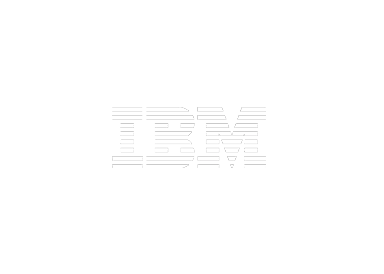





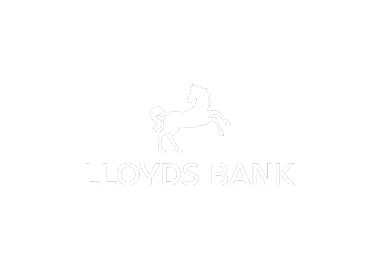



Testimonials
- Mercedes Escala
- Jeff Neely
- Karel Vredenburg
- Matthew Candy
- Leor Grebler
- Sean Pizel
- Nathaniel Axios
- Sandeep Halli

Matt’s thought leadership and expertise were invaluable
Matt’s thought leadership and expertise were invaluable. Designing this session, which had complexity in the expected outcome and a very small window of time, was a big challenge. He not only managed to help us design a session that allowed cross-collaboration but also made sure we delivered a consistent experience across all breakouts.
Mercedes Escala, SVP Talent & Learning at Genesys

He’s adept at boiling down complex topics to fundamental, understandable portions
After working with Matt as a peer, as a manager, and eventually as a colleague in different business units, I’ve had ample opportunity to admire his approach and effectiveness. He has a passion for his work and focuses on doing what’s right, and doing it well. He’s adept at boiling down complex topics to fundamental, understandable portions. His experience as a teacher gives him communication skills that translate well to client situations, including large unwieldy workshops. He can be trusted to take the reins on a project—no matter how ambitious or ambiguous—and deliver smart, thoughtful work without supervision. He is a good collaborator and an effective brainstorming partner as well. I’d be thrilled to work with Matt again.
Jeff Neely, MA, VP of Design, IBM Z & LinuxONE

He drove the codification of our design transformation in order to help other companies transform
Matt not only helped further drive IBM’s transformation, he drove the codification of our design transformation in order to help other companies transform. This was critically important. I regularly led workshops with our top clients, often the C-suite, and many asked whether we could help them transform. It was only when Matt created the Design Adoption Program that we had a positive and confident answer to those questions from clients.
Karel Vredenburg, IBM Global Vice President, UX Research

Matt has an incredibly meticulous and strategic thought process
Matt has an incredibly meticulous and strategic thought process which he applied to the offering development of the Design Adoption Framework. This structured approach helped to codify IBM’s design transformation journey into an incredibly powerful offering which we can take out to clients. I regularly tell this story to great success and it is clear to me that Matt’s thought leadership in this field will have a lasting impact on the work we are able to do and win with our clients.
Matthew Candy, Global Managing Partner, Generative AI

Very few people have had as a direct impact on how I approach my work day-to-day as Matt
Matt accomplished the seemingly impossible.
He came into a fast moving, forward thinking organization and was able to fundamentally change how it approached the development of new product ideas. He adapted the concepts of Design Thinking to create a version that worked for the company and then set about to recruit, teach, guide, coach, and mentor cohort after cohort into Design Thinking Navigators, Experts, and eventually, Coaches.
Through becoming a Design Thinking Coach in the program Matt founded, I was able to slow down rash decisions and to take a moment to try to empathize better with the end user of a future feature and to also go out and seek people to describe better there process.
Very few people have had as a direct impact on how I approach my work day-to-day as Matt.
Leor Grebler, Principal Product Manager @ Genesys | Agent Copilot
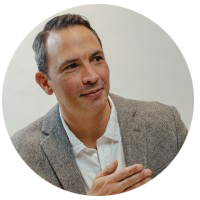
He equips teams with the tools and mindset to sustain innovation long after his involvement
I’ve had the pleasure of working with Matt as we scaled breakthrough innovation practices to millions of IBM employees and clients.
What sets Matt apart as a Design Strategist is his ability to cut through complexity and drive meaningful change. He is a courageous leader and educator who doesn’t just deliver insights—he equips teams with the tools and mindset to sustain innovation long after his involvement. His approach is pragmatic, data-driven, and always focused on real business outcomes.
Any organization looking to optimize its processes (using AI or otherwise) would first benefit from Matt’s expertise in building cultures of innovation and continuous improvement. I highly recommend him as a trusted consultant, strategist, and transformative force in design thinking and process optimization.
Sean Pizel, Business Training Design & Leadership | Business Transformation Catalyst | Design Thinking Authority | Learning Platform & Programs Architect & Strategist

His ability to structure and distill knowledge was a game-changer for me
Matt is one of those rare people who can teach without making you feel like a student. When we worked together at IBM Design, I was still learning the ropes, but he treated me as an equal—guiding, not just instructing. He made complex frameworks feel accessible and helped me adapt them in a way that clicked with clients. We tackled workshops together, passing the lead back and forth effortlessly. His ability to structure and distill knowledge was a game-changer for me, and I can honestly say I wouldn’t have been as successful in those early days without his mentorship. If you can work with Matt, take it—you’ll walk away sharper, more confident, and better equipped for any challenge.
Nathaniel Axios, Innovation Studio Leader

He was a key evangelist in not only popularizing Enterprise Design Thinking with Etihad but also providing key inputs to help drive the adoption across the enterprise.
Matt personally helped Etihad adopt and leverage Enterprise Design Thinking to address their efforts to transform into a more efficient and human-centered airline. He was a key evangelist in not only popularizing Enterprise Design Thinking with Etihad but also providing key inputs to help drive the adoption across the enterprise.
Sandeep Halli, Senior Partner – Lead Client Partner, IBM Middle East & Africa
Portfolio
Product & Platform Design
- att.com Redesign
- AT&T iPhone Launch
- Agent Assist
- Workitem Routing for Genesys Cloud
- Workforce Management: Experience-Led Roadmap
Upper Funnel Design System
My team at AT&T designed and shipped ~300 assets a week for product launches and promos. A lot of the work was repetitive, especially marquee and landing page designs. I proposed a design system to templatize the process and front-load design and copy. It gave us speed, consistency, and freed up the team to focus on higher-impact work. Over time, it also opened doors for A/B testing, personalization, and better campaign performance, without burning out our designers.
Solution
- Identified recurring patterns in how phones evolved through their marketing lifecycle—from hero launches to end-of-life offers
- Proposed and initiated a templatized system to front-load design and copy workflows
- Aligned the system to enable quicker segmentation, campaign testing, and automation
- Advocated for reducing low-impact manual work so designers could focus on more complex, high-value initiatives
- Helped evolve marquee design into a more scalable, data-driven framework
Impact
- Laid the foundation for a scalable design system for hundreds of product and promo experiences
- Improved campaign speed and design consistency across upper funnel assets
- Freed design resources to focus on custom, high-impact experiences like Nokia Lumia and Apple launches
- Set the stage for future A/B testing and campaign segmentation efficiency
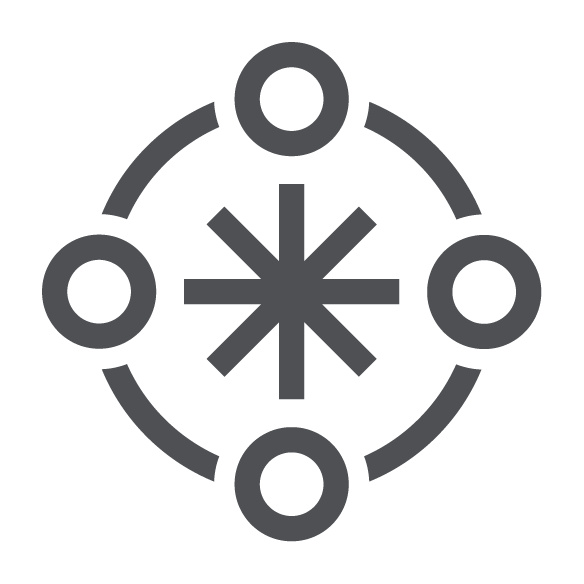
Collaboration
- Led cross-functional coordination with marketing, UX, and engineering partners across AT&T’s consumer digital business.
- Navigated large-organization complexity and built buy-in for a systems-thinking approach in a fast-moving environment.
Omnichannel Readiness at Scale
Each year at AT&T, launching new iPhones and iPads meant racing against the clock, designing and deploying over 1,000 assets within 24 hours of Apple’s keynote. As design lead, I guided cross-functional teams across design, dev, and marketing to ensure flawless execution across att.com and retail. We broke down silos, improved coordination between consumer and B2B teams, and delivered custom launch experiences that elevated AT&T’s market presence.
Solution
- Served as cross-functional program facilitator between teams
- Helped align launch timing, technical feasibility, and visual quality
- Ran working sessions across time zones to surface issues early
Impact
- 24-hr site readiness after Apple keynotes
- 1000+ launch assets delivered flawlessly
- Aligned creative and technical orgs across AT&T

Collaboration
- Bridged design, marketing, dev, and localization teams across geographies; helped reshape how AT&T manages Apple launches via design-led program alignment.
Designing the Future of Agent Assist with AI-Powered Memory and Outcome Guidance
Reimagining Agent Assist was a priority at Genesys. We asked: “How might we turn support agents into ‘super agents’—able to lead with empathy, create business value, and reduce cognitive load?” We led a six-day design sprint with product, AI, and CX leaders to define that future. We created two experience pillars: First, a “Pinboard”—where agents can save anything useful in real-time, like phrases, knowledge snippets, or promo codes, without losing focus on the customer. Second, a “Navigation Bot”—that uses AI to detect intent, combine context, and guide agents step-by-step toward successful outcomes. These concepts became the north star for Agent Assist, shifting the org from static knowledge delivery to adaptive, personalized AI that empowers agents in every interaction.
Solution
- Facilitated a 6-day remote design sprint with cross-functional teams focused on defining the long-term vision for Agent Assist.
- Led the team through empathy mapping, opportunity framing, ideation, and prioritization, resulting in two strategic Hills and an experience-based roadmap.
- Introduced consumer-grade metaphors (e.g., Pinterest, Waze) to guide the design of AI-enabled agent memory and intelligent next-action systems.
- Crafted two visionary concepts for product development, balancing present feasibility with future scalability.
Impact
- Defined two foundational Hills to anchor long-term AI product strategy
- Created early product models for “Pinboard” (personalized agent memory) and “Navigation Bot” (intent-to-outcome guidance)
- Shifted focus from static knowledge delivery to adaptive, AI-curated learning and decision support
- Helped prioritize features that would reduce ramp time, minimize errors, and improve agent confidence and customer outcomes
- Aligned design, product, and AI/ML teams on shared future-state vision

Collaboration
- Unified CX, product, AI/ML, and engineering teams under a single design-led strategy for Agent Assist.
- Helped the org reframe Agent Assist not just as a support feature, but as a core enabler of empathetic service and business growth.
- Shifted AI from backend tooling to frontline enablement, rooted in user insight and ethical experience design.
Building a Flexible, Experience-Driven System for Managing Customer Tasks
Back-office work items—like orders or escalations—were unmanaged chaos at Genesys. There was no consistent way to route or prioritize them, and admin tools were too technical to scale. We co-led a roadmap sprint to change that. We mapped out experiences for agents, supervisors, and admins, and prioritized 23 key enablements to support visibility, control, and reporting. We even designed two admin flows: one for power users and one for everyday teams. That work gave us a phased roadmap, influenced the MVP launch, and laid the foundation for predictive work item routing across the platform.
Solution
- Co-led a multi-phase Experience-Based Roadmap Workshop with 20+ cross-functional participants
- Defined user needs across agents, supervisors, and admins for real-time visibility, actionability, and reporting
- Built journey maps, personas, and a full enablement roadmap across short, mid, and long-term priorities
- Developed and tested two conceptual admin experiences—one for technical users and one for less technical roles
- Ensured the roadmap was grounded in agent experience, not just APIs and architectural logic
Impact
- Created a phased roadmap including 23+ prioritized user enablements
- Enabled MVP launch of unattended work items with a scalable design system
- Aligned development with product on future-state vision across 3 roles
- Informed development strategy for capabilities, including predictive routing, explainability, and WEM integration
- Improved trust, transparency, and admin usability through user-centered concepts

Collaboration
- Unified stakeholders from Product, AI, UX, and Engineering under a shared “Hills-based” roadmap
- Brought strategic clarity and empathy to a highly technical domain, resulting in experience-first decision-making.
Co-Creating a User-Centered Roadmap with Customers
In Workforce Management, Genesys agents were frustrated by a lack of scheduling control, while supervisors feared SLA violations due to lateness. I led a research-driven, co-creation process—interviewing users, running a virtual workshop, and building a roadmap together with customers in the room. The result? A two-year, user-centered roadmap validated directly with our end users. That roadmap drove key product decisions, improved agent satisfaction, and supported dozens of multimillion-dollar enterprise deals. It was a clear example of how empathy and collaboration can deliver both better experiences and business growth.
Solution
- Conducted in-depth research interviews with agents and supervisors to understand their scheduling pain points
- Facilitated a multi-day, virtual co-creation workshop with customers in the room
- Synthesized insights and ideated solutions into a prioritized, human-centered roadmap
- Evaluated the roadmap with original research participants to ensure alignment
Impact
- Created a roadmap with over two years of product enablements
- Improved customer alignment and buy-in for upcoming features
- Enabled internal teams to move forward with clarity and confidence
- Elevated agent satisfaction as a key product metric
- Supported 85+ $1M+ enterprise deals with enhanced experience commitments

Collaboration
- Unified customer voices with internal Product and Engineering teams
- Demonstrated how empathy-driven methods could accelerate roadmap clarity, reduce churn risk, and improve market perception
Portfolio
Organizational Transformation
- Design Thinking at Genesys
- IBM Design Adoption Framework
- AT&T Design Thinking
- Enterprise Design Thinking Workshops
Scaling the Practice of Empathy Across the Company
Genesys was transforming into a SaaS and AI-first company, but there was no consistent approach to design thinking. I led the creation of a full enterprise program, building a tailored Genesys Design Thinking model and scaling it through bootcamps, certifications, and leadership coaching. We activated over 5,000 employees in just four years, including 1,000+ advanced practitioners and 50+ certified coaches and executives. We didn’t just teach design—we built it into the fabric of the company. That culture shift accelerated product innovation and helped align teams around what empathy and experience really mean.
The Framework we created
Solution
- Built a customized Genesys Design Thinking model and toolkit (25+ techniques)
- Created a 4-tier certification model: Explorer, Practitioner, Coach, and Champion
- Delivered live bootcamps, workshops, and exec coaching worldwide
- Aligned design, product, HR, and exec teams around a shared language
Impact
- 5,000+ employees educated and certified
- 1,000 employees completed Practitioner Bootcamps
- 50+ employees individually facilitated 100+ hours of advanced workshops
- 50+ executives certified as Design Thinking Champions
- Design thinking became a foundational capability across the company

Collaboration
- Worked cross-functionally with:
- HR & L&D: to integrate into onboarding + leadership curriculum
- Product & Engineering: to connect customer empathy with dev priorities
- Executive Team: to align transformation with design culture
Defining Design as a Strategic Service for Clients
As IBM’s design culture matured, clients wanted in. I led the creation of a Design Adoption Framework to help clients scale design like we had. We built a global offering, complete with playbooks and training tools. It was downloaded in 45 countries and became the go-to method for activating design-led transformation across IBM clients.
Solution
- Adapted IBM’s internal design model into a scalable service offering
- Created a Playbook centered on People, Practices, and Places
- Developed the bill of materials needed to sell and deliver the program
- Enabled internal teams with tools to educate, sell, and deliver consistently
Impact
- Global toolkit downloaded by 800+ IBMers across 45 countries
- Successful client engagements with AT&T, Edward Jones, Bancolombia
- New business capability: Design Adoption as a Service
- Drove acceleration in proposal generation and offering demand

Collaboration
- Worked across Sales, Design Program Office, and IBM iX to codify and scale IBM’s internal success into an externalized client offering.
Prototyping Design Transformation thru Pilots and Practices
AT&T was ready to bring design thinking into their culture, but was unsure who would be the best partner. Beating out competitors like IDEO and Frog Design, I helped lead IBM’s pitch and delivery, including strategy workshops and coaching for 3 pilot projects. From sales enablement to FlexWare onboarding, our work proved the value of design in solving complex business challenges at scale and helped AT&T integrate these methods across its broader transformation.
Solution
- Facilitated a strategic kickoff with the Tech Council
- Led pilot project discovery workshops
- Coached teams through pilot project delivery
- Created a Target Operating Model
Impact
- Successfully launched 3 pilot projects: FlexWare, VNF Onboarding, and Sales Enablement
- AT&T adopted Enterprise Design Thinking in their broader transformation (GOSS)
- Client VP credited the work with breaking cultural inertia

Collaboration
- Worked with cross-functional AT&T teams, executive sponsors, and IBM partners to guide mindset and operational change.
Aligning Global Teams to Reimagine Journeys, Services, and Outcomes
IBM’s Global Business Services sought to tackle complex client challenges through design thinking. I led workshops with organizations like Facebook and Etihad Airways, guiding cross-functional teams from problem definition to prototyping. These sessions resulted in strategic partnerships and actionable solutions, such as enhancing omnichannel retail experiences and improving airline customer journeys, demonstrating the power of collaborative, user-centered design. IBM Services Team design thinking engagements contributed to over $ 1.3B+ ARR.
Solution
- Facilitated Collaborative Workshops: Led multi-day design thinking sessions with cross-functional teams from IBM and client organizations, including Facebook, Air Canada, Etihad Airways, and the National Air and Space Museum.
• - Defined Problem Statements: Worked with stakeholders to articulate clear problem statements, focusing on user-centric challenges such as improving omnichannel retail experiences and enhancing employee satisfaction.
• - Guided Ideation and Prototyping: Directed teams through empathy mapping, scenario planning, ideation, and prototyping to develop actionable solutions tailored to each client’s needs.
Impact
- Strategic Partnerships Formed: Identified and initiated multiple collaborative initiatives, such as five partnership plays between IBM and Facebook, with one pilot project focusing on personalized omnichannel retail experiences.
• - Enhanced Client Experiences: Delivered workshops that led to improved customer journeys, such as refining the check-in experience for Etihad Airways and enhancing payroll accuracy for Air Canada flight attendants.
• - Scalable Adoption of Design Thinking: Equipped organizations like Etihad Airways with foundational knowledge to implement design thinking at scale, fostering a culture of innovation and user-centered design.

Collaboration
- Collaborated with diverse teams across various organizations, including executives, designers, and frontline employees. The workshops facilitated alignment on common goals, promoted cross-functional teamwork, and empowered participants with design thinking skills to tackle future challenges.
Portfolio
Business Strategy & Revenue Growth
- Aligning Senior Leadership
- Order-to-Cash: $20M Revenue Recovery
- Strategic Planning for AI Investment
- AppFoundry Marketplace
Facilitating Executive Buy-In Around Strategic Vision
Genesys had just launched 10 new strategic imperatives—but needed 200 VPs to internalize them fast. I helped design and deliver a full-scale executive alignment workshop at Sales Kickoff. In one day, across 10 breakout rooms, we used design thinking to turn strategy into action. Every VP walked out knowing how their team would move the business forward.
Solution
- Co-designed a full-scale executive alignment workshop in under three weeks
- Developed clear frameworks and facilitation kits to guide 20+ facilitators
- Used design thinking to translate abstract strategies into tangible business actions
- Enabled every VP to map their team’s contribution to the broader vision
Impact
- 200+ executives aligned on new strategic imperatives in a single day
- Created cross-functional momentum across IT, Sales, CSS, Product, and Marketing
- Sparked multiple VP-led initiatives stemming directly from the session

Collaboration
- Orchestrated a network of facilitators across functions
- Helped executive leadership move from strategy announcement to strategic action through co-creation.
Fixing Order-to-Cash Disputes by Addressing Root Causes with Design Thinking
Genesys was facing $20M in delayed revenue each month due to 1,500+ order-to-cash disputes, and no one could agree on the root causes. We led a human-centered redesign of the process. We mapped the disputes, uncovered 46 internal pain points, and worked across functions to prioritize the most fixable, high-impact issues. That work unlocked significant revenue recovery and improved customer satisfaction. But more than that, it showed the company how design could fix not just digital experiences, but broken systems too.
Solution
- Used design thinking to reframe the issue around user pain and cross-team workflow breakdowns
- Led workshops to uncover and categorize 46 specific dispute types
- Built a shared understanding of internal vs. external problems
- Facilitated prioritization to focus on high-impact, fixable items
- Delivered a roadmap to improve revenue recovery and satisfaction
Impact
- Reduced disputes by targeting top internal causes
- Unlocked recovery of a portion of $20M in delayed revenue
- Improved internal alignment across finance, operations, and CX
- Boosted customer satisfaction by addressing root frustration points
- Brought clarity and urgency to a long-standing revenue gap

Collaboration
- Unified siloed stakeholders across sales ops, billing, support, and legal
- Demonstrated how design thinking can be applied to operational and financial challenges, not just customer interfaces
Aligning Product, Engineering, and GTM Leaders on Annual Roadmaps and AI Priorities
Every year, I facilitated strategic planning sessions with the CPO and 12–15 execs across Product, Engineering, UX, Sales, and Marketing. I built the agendas, structured the thinking with tools like Business Model Canvas, and led prioritization around initiatives, AI investments, and headcount. One key challenge was helping the team align around platform vs feature-level AI bets—and what that meant for the roadmap and funding. The outcome was a unified, cross-functional roadmap that informed the org structure, budget, and key GTM priorities for the year ahead.
Solution
- Co-created and facilitated annual strategic planning workshops with the CPO and 12–15 executive leaders
- Designed pre-work, attendee alignment, and a Business Model Canvas format to ensure consistency in initiative framing
- Led structured prioritization activities to surface dependencies, funding needs, and headcount requirements
- Facilitated discussion around AI strategy, helping leaders evaluate platform-level vs feature-level investment decisions
- Synthesized outputs into a prioritized high-level roadmap and executive decision briefings
Impact
- Created a shared understanding of annual priorities and product initiatives
- Clarified AI investment areas and resourcing trade-offs
- Informed headcount planning and financial commitments
- Delivered a cross-functional roadmap backed by Product, Engineering, UX, Sales, and Ops
- Built repeatable planning structures that aligned strategic conversations across silos

Collaboration
- Worked directly with the Chief Product Officer, CTO, and functional heads to guide decisions impacting org structure, budget, and execution focus
- Modeled strategic facilitation as a product leadership superpower.
Transforming AppFoundry into the Experience Exchange
AppFoundry—the Genesys app marketplace—was being reimagined as the “Experience Exchange,” but no one knew what that actually meant. We led a strategic redesign with product, UX, and partner teams. We mapped the journeys of customers, sellers, and partners, uncovered 48 unmet needs, and created 67 user stories to drive roadmap planning. The work clarified our path forward: smarter filtering, usage-based recommendations, and a curated, trust-building experience. It helped turn a static catalog into a dynamic, value-driven platform—and gave the team the vision and alignment they needed to build it.
Solution
- Led a multi-phase design strategy engagement with product, UX, and partner ecosystem leaders
- Facilitated workshops, Journey Mapping, and heuristic evaluations across 4 personas: prospective customers, existing customers, partners, and channel sellers
- Identified 48 needs and developed 67 User Stories across Personas
- Created 3 clear Hills (mission statements) and an Experience-Based Roadmap with 20 enablements prioritized by impact and timeline
Impact
- Validated 21 key enablements with cross-functional teams
- Created a 3-persona roadmap to inform 2022 chartering
- Shifted the product team toward a journey-driven strategy
- Helped rebrand AppFoundry as Experience Exchange—a marketplace centered on relevance, discovery, and trust

Collaboration
- Brought together product management, UX, sales, partner teams, and mid-market reps
- Aligned strategy through Hills, validated enablements, and empowered teams with persona-specific stories to shape roadmap priorities
Portfolio
Marketing & HR Alignment
Aligning Messaging with AWS to Accelerate Co-Selling and Partnership Value
Genesys had a strong partnership with AWS, but the messaging was all over the place. Each region was saying something different, and AWS couldn’t even use the materials. We ran a set of workshops to unify everything around the customer. We used Jobs to Be Done to clarify what value the partnership really delivered, and built new assets that both Genesys and AWS could use globally. That work led to a new global message, informed a 2024 campaign, and directly contributed to multiple $5M+ deals. It proved how design thinking could drive not just product clarity, but partnership growth.
Solution
- Facilitated cross-regional alignment workshops with marketing, sales, and partner teams
- Used Empathy Mapping and Jobs to Be Done techniques to reframe messaging around customer outcomes
- Defined clear user archetypes and a shared value proposition framework
- Delivered unified assets that resonated across teams and regions
Impact
- Created one global messaging framework adopted across regions
- Built assets that could be co-used by Genesys and AWS
- Aligned internal teams around customer value, not just features
- Contributed to multiple $5M+ ACV co-sell wins
- Informed the 2024 AWS–Genesys campaign, centered on trust and experience

Collaboration
- Brought together fragmented marketing and product stakeholders across global regions
- Elevated design thinking as a tool for partner strategy and message alignment—well beyond product teams
Using Empathy to Redefine the Future of the Workplace
When Genesys had to reimagine its Durham office, real estate and HR had never used design thinking—or asked employees what they needed in the site-design process. I led a sprint to uncover what mattered: focus, flexibility, inclusion, and connection. We surfaced anxieties and hopes and turned them into design principles for the new workspace. This wasn’t just about desks—this was about belonging. That work directly influenced the design of the space and helped two corporate functions see how empathy and collaboration drive better outcomes.
Solution
- Led a design thinking initiative to empathize with employees about how they work, collaborate, and feel in physical spaces
- Conducted interviews, workshops, and synthesis sessions to identify needs and anxieties
- Created a vision of the future office that balanced flexibility, inclusion, and creativity
- Delivered insights directly to Real Estate, HR, and leadership in time for planning decisions
Impact
- Reframed the office not just as a facility, but as a culture accelerator
- Empowered HR and Real Estate with employee-driven insights
- Sparked new rituals of co-creation between corporate functions and employees
- Influenced office design decisions that improved belonging, collaboration, and trust

Collaboration
- Broke down traditional silos by engaging HR, Real Estate, and employee experience leaders
- This work demonstrated the value of design thinking as a tool for cultural transformation.
